Printable Tangram Puzzle Collection
This blog post contains Amazon affiliate links. As an Amazon Associate, I earn a small commission from qualifying purchases.
This collection of free printable tangram puzzles will make it super-easy to implement tangram puzzles as a problem-solving activity in your classroom.
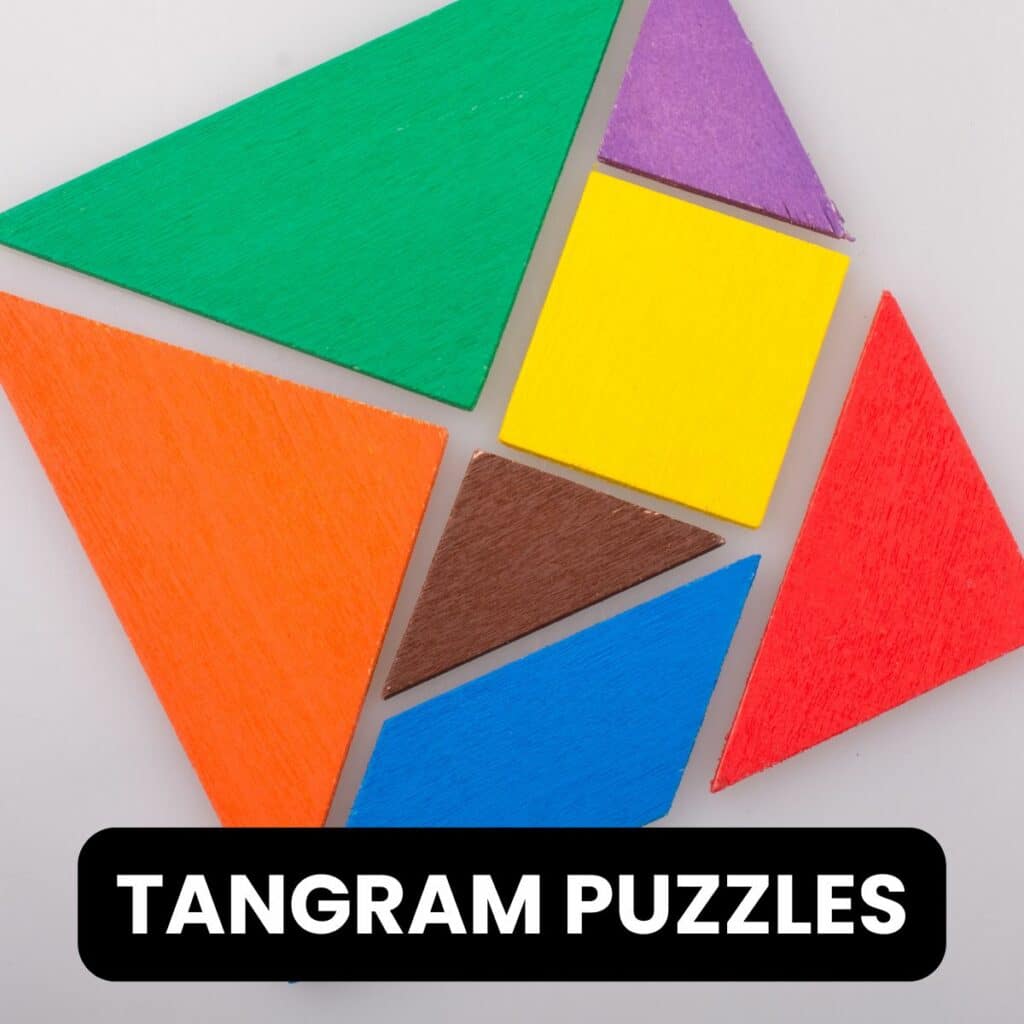
What are Tangrams?
Tangrams are a dissection puzzle which is believed to originate from imperial China. A set of tangrams consists of seven flat shapes which can be put together to form a square. The seven pieces, commonly called tans, are traditionally formed by cutting a square into five triangles, a square, and a parallelogram.
The objective of the puzzle is to rearrange these pieces to create various shapes and figures, using all seven pieces without any overlaps.
The seven different tangram shapes can be assembled to form a wide variety of pictures including geometric shapes, animal shapes, and silhouettes of people. An excellent extension task is to challenge students to create their own individual shapes for other students to solve.
Plastic tangram sets can be purchased relatively cheaply from Amazon or any teacher supply store. A more budget friendly alternative is to print sets of tangrams on heavy card stock.
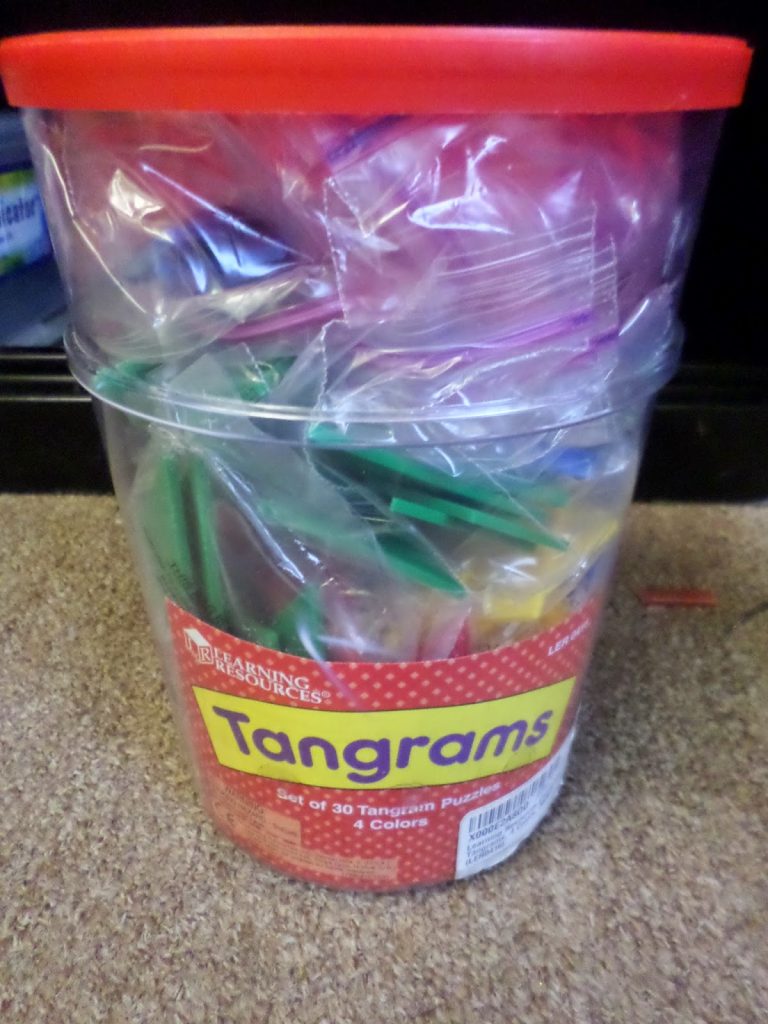
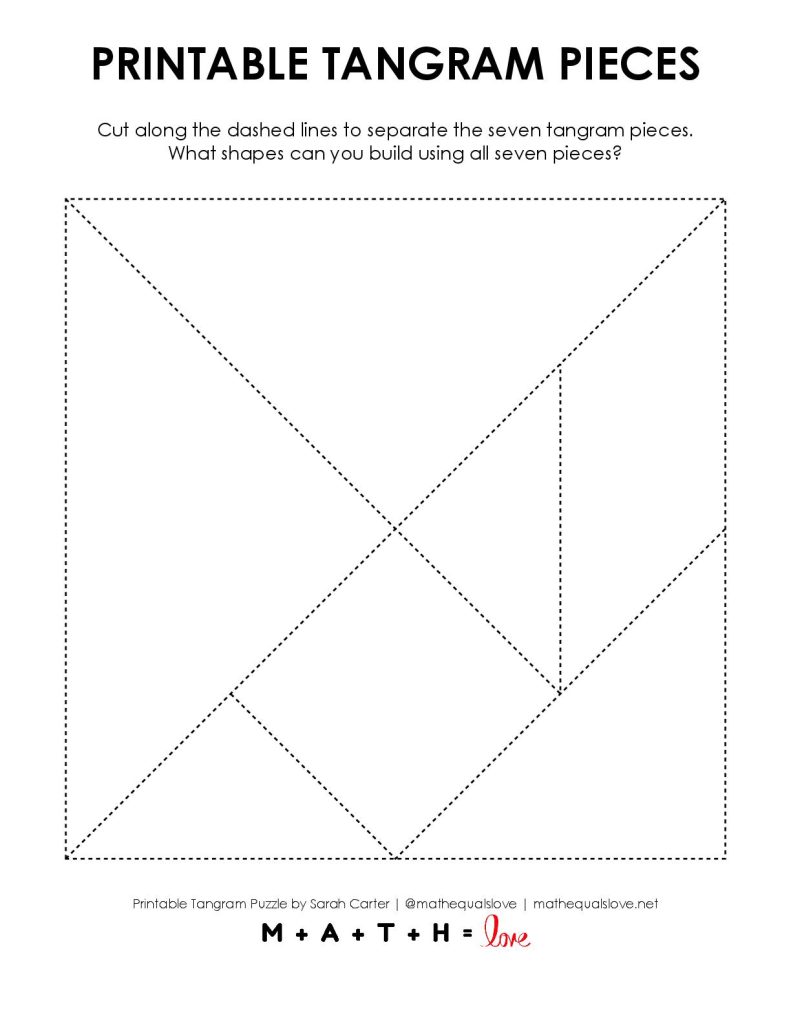
I offer a free set of printable tangram pieces on my blog. They can also be laminated if you need them to be even more durable.
If your students have access to technology, tangram shapes can also be used digitally using online manipulatives such as Mathigon’s PolyPad.
Why Use Tangram Puzzles?
Tangrams are more than a fun puzzle. They are commonly used as an educational tool to help students develop spatial awareness, math skills, geometry skills, and problem-solving abilities. Tangrams have been popularized worldwide and are commonly used in teaching mathematics and geometry concepts to children.
In elementary classrooms, teachers often use tangram puzzles as an opportunity for students to build and improve their fine motor skills. Looking back and forth between the picture that needs to be formed and the tangram pieces helps strength students’ visual-spatial skills.
Middle school and high school math teachers can easily use tangram puzzles as an activity for early finishers. Students will be practicing critical thinking each and every time they make different shapes using the tangram pieces.
Tangrams are also used in other settings outside of the classroom. They are a commonly used tool in occupational therapy, and I have even heard of nursing homes using tangram puzzles with patients to help keep their thinking skills sharp.
Animal Tangram Puzzles
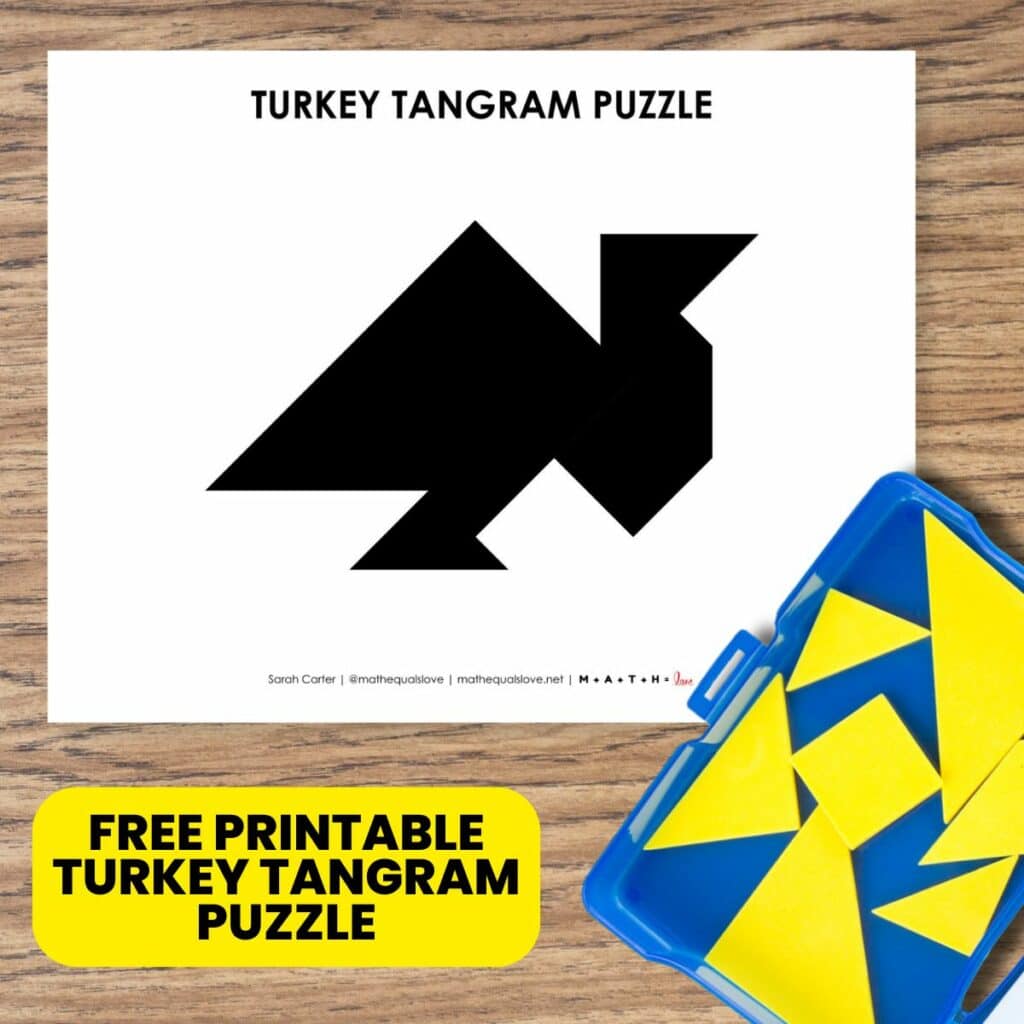
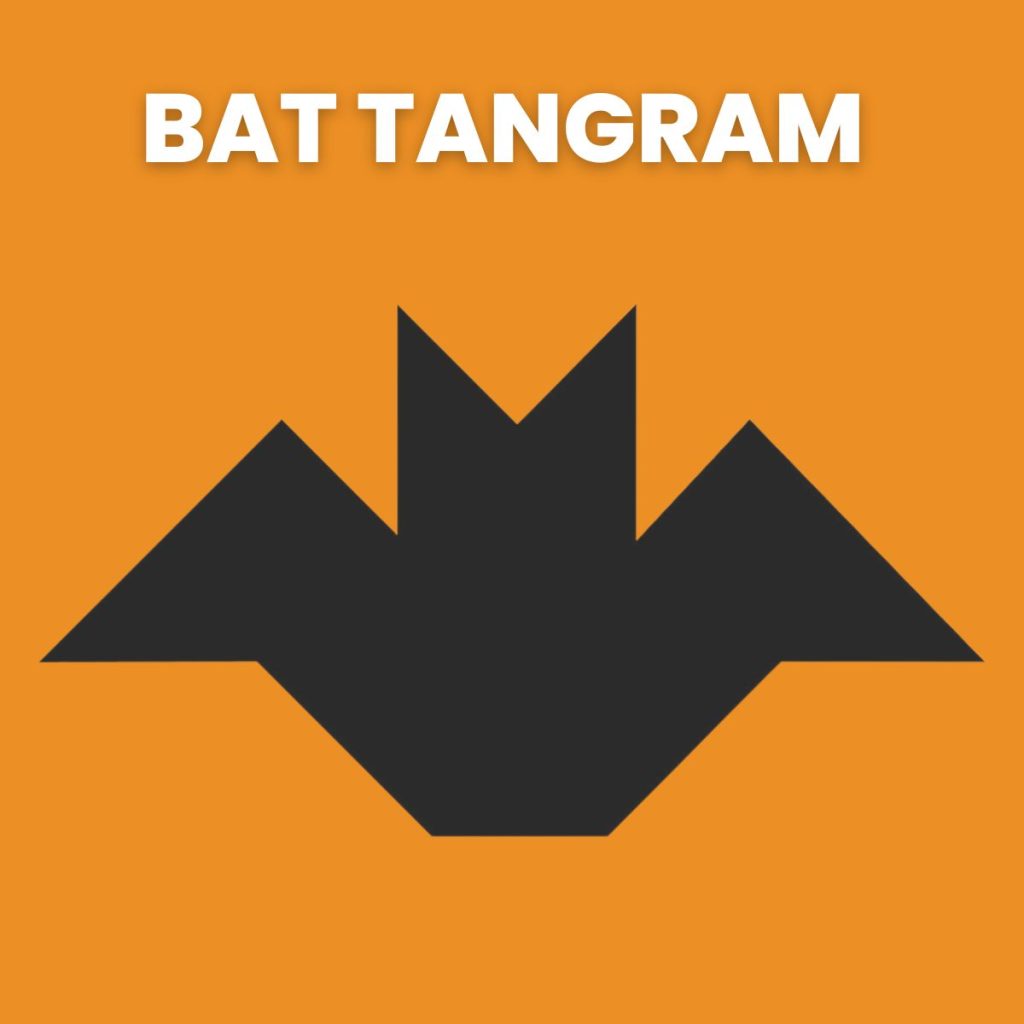
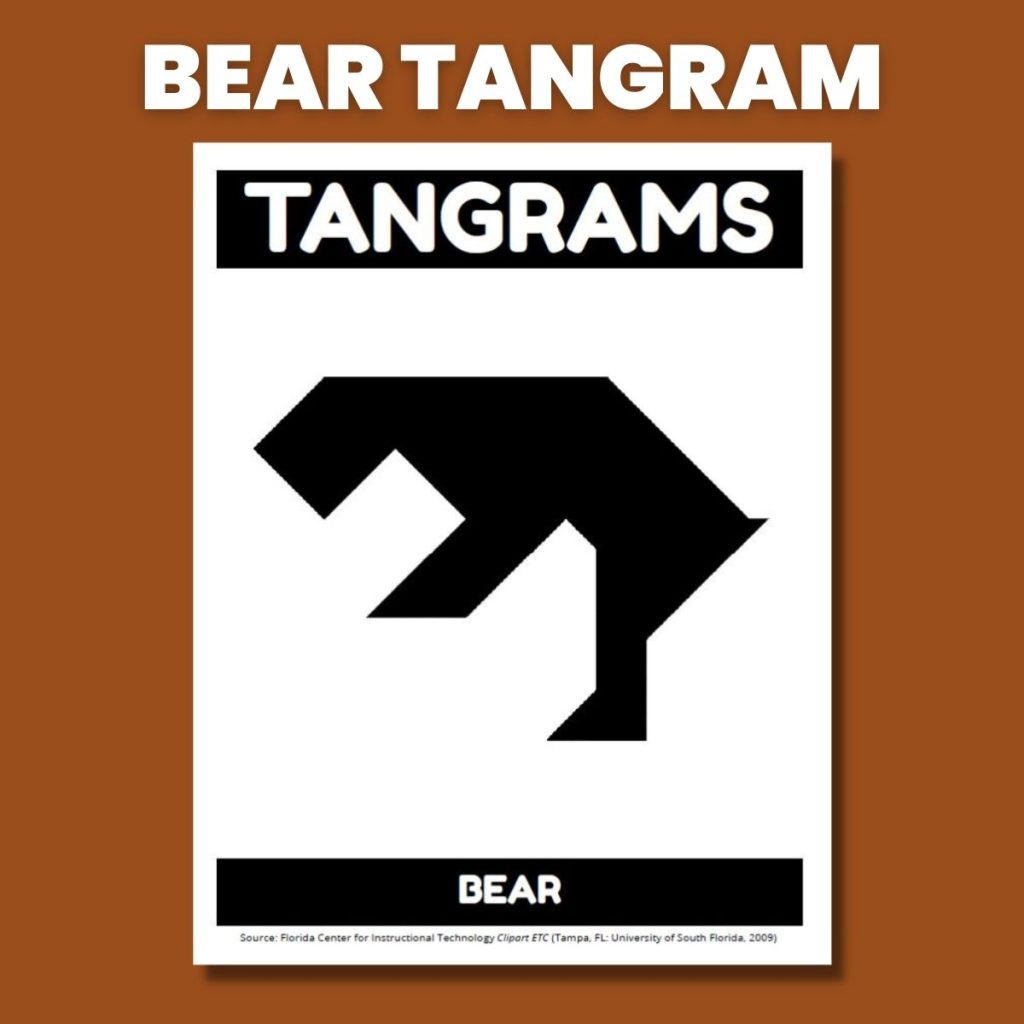
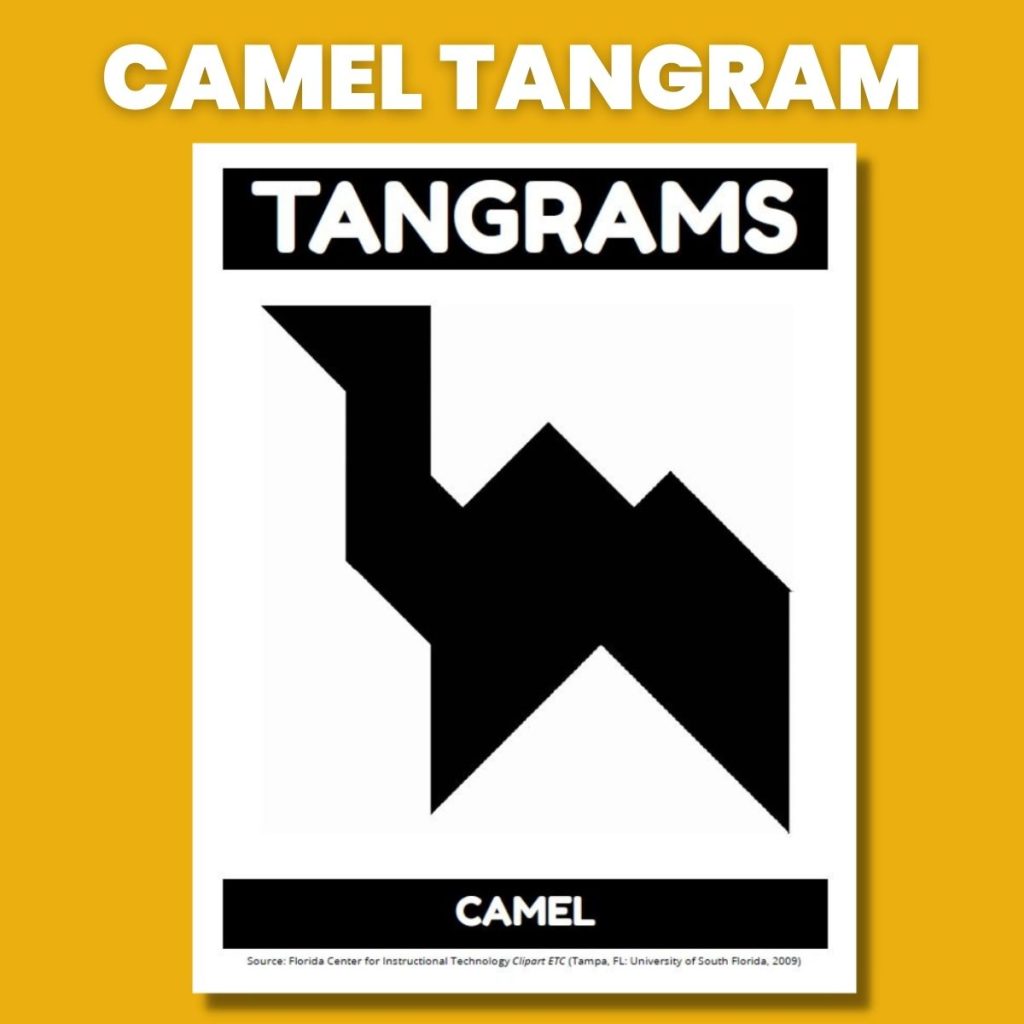
Number Tangram Puzzles
Tangram puzzles for the numbers 0-9 can be used for so many different classroom activities. These are perfect for counting down to a special event with a new puzzle each day!
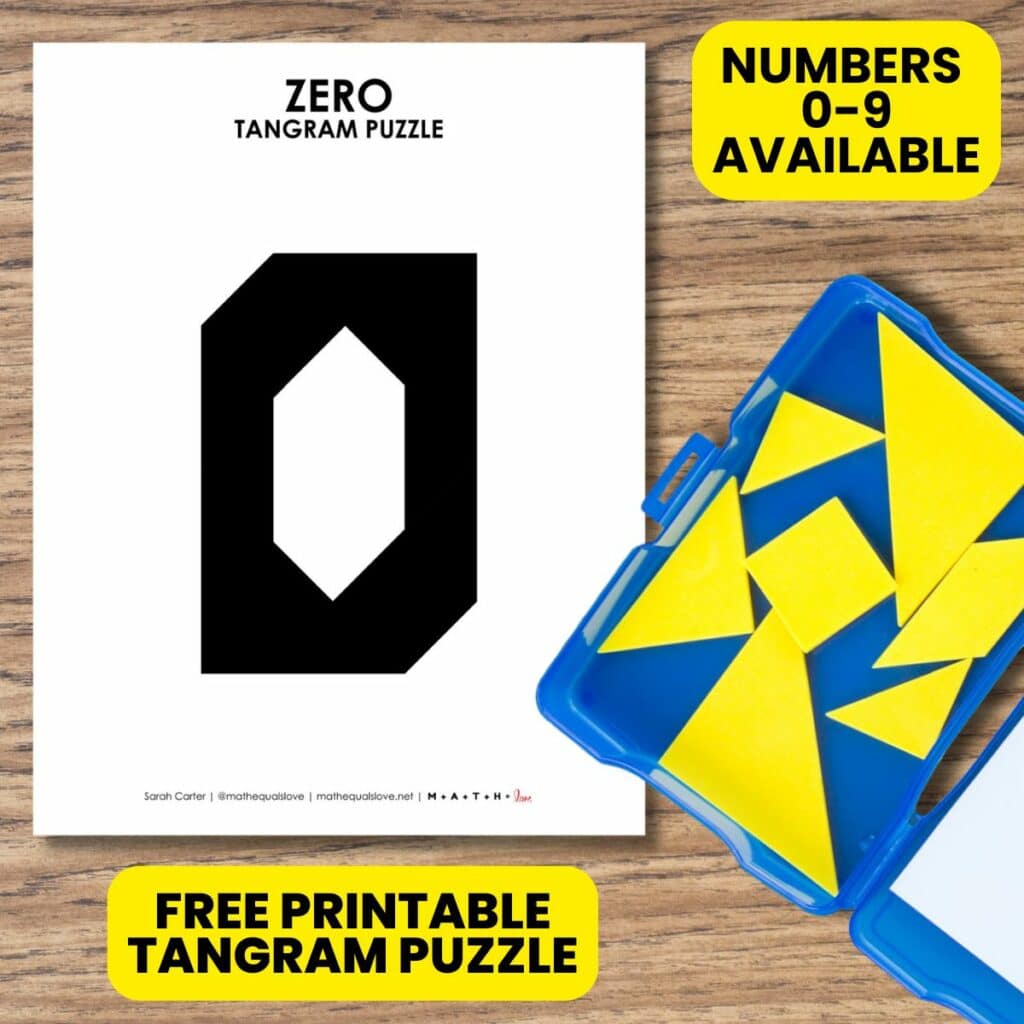
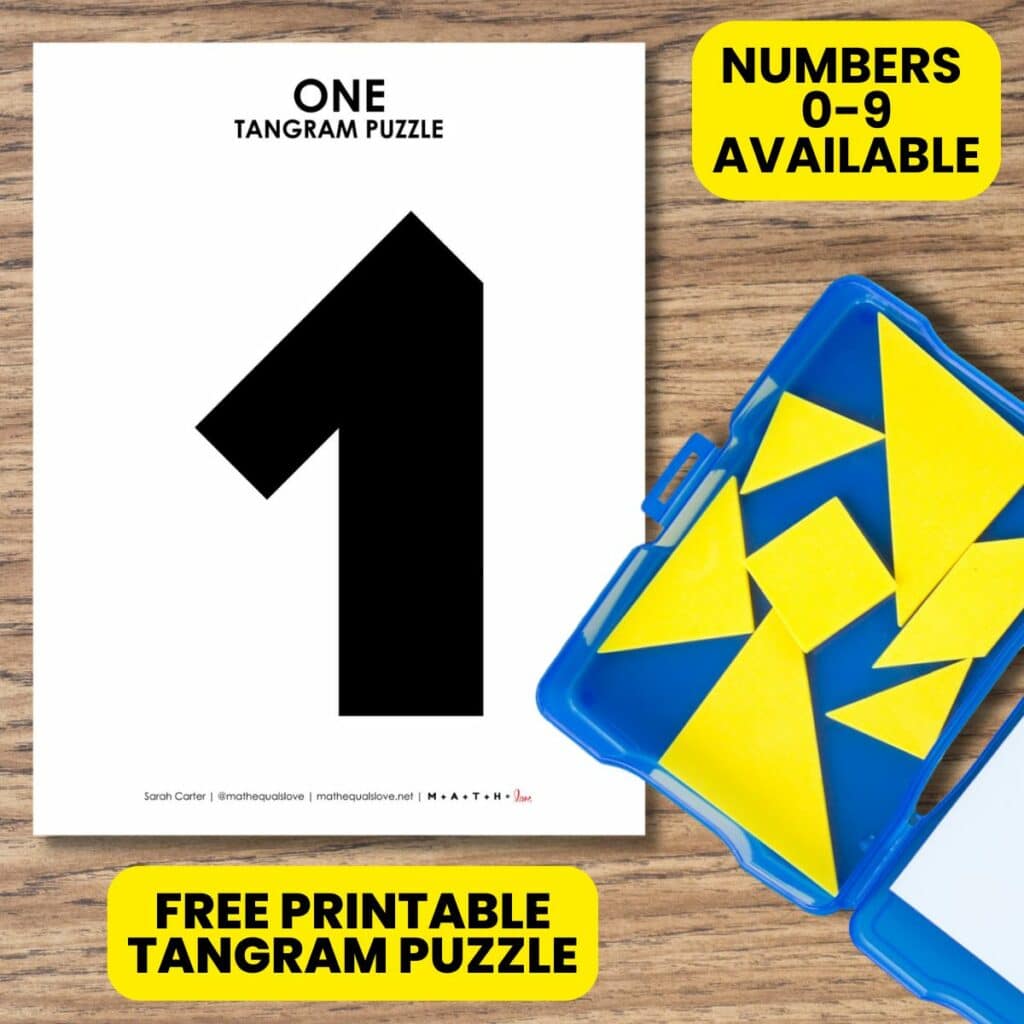
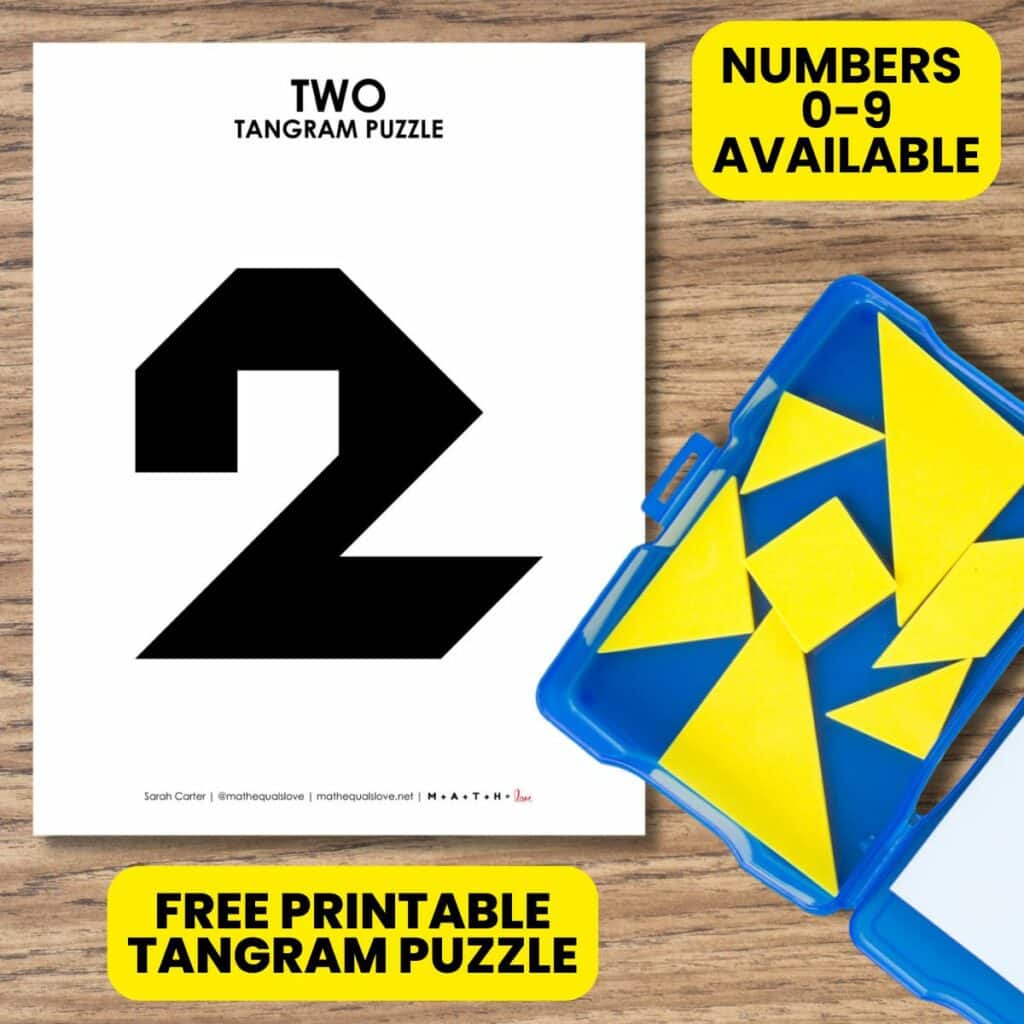
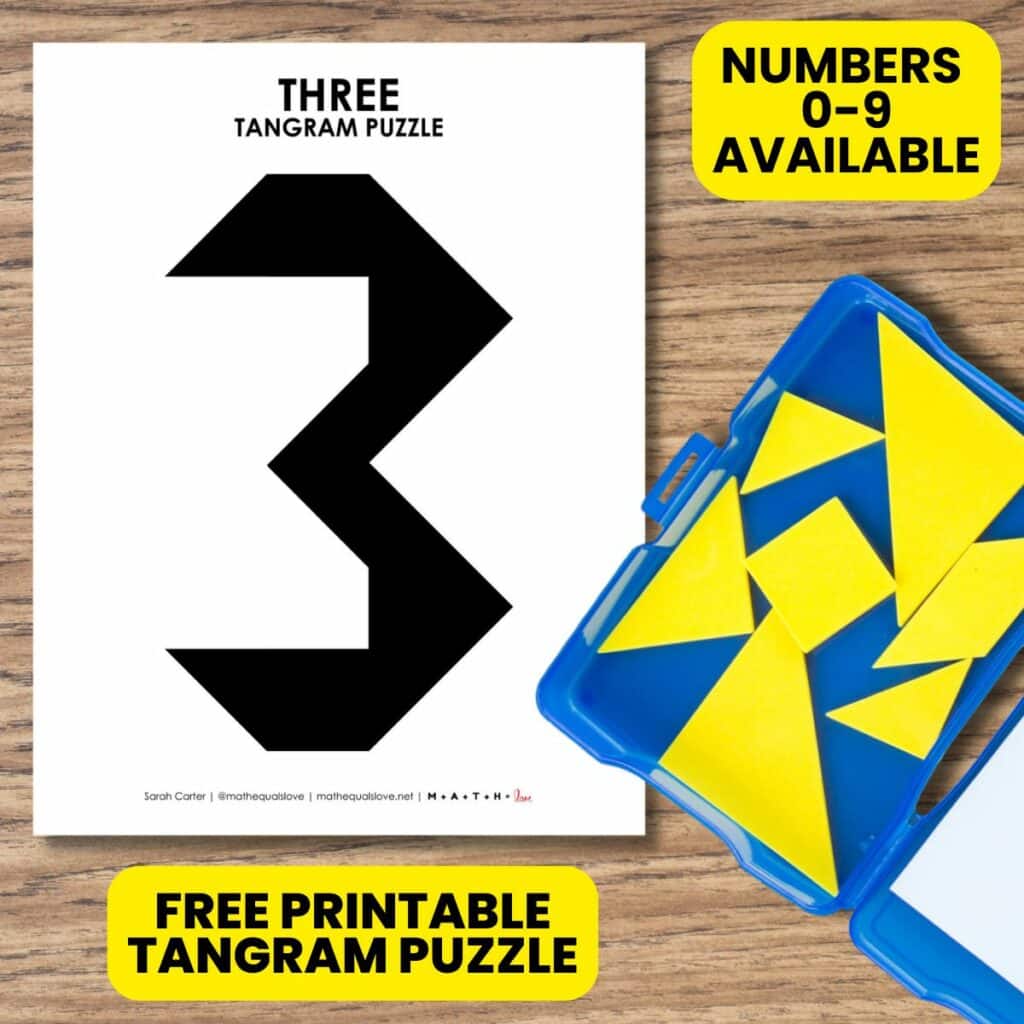
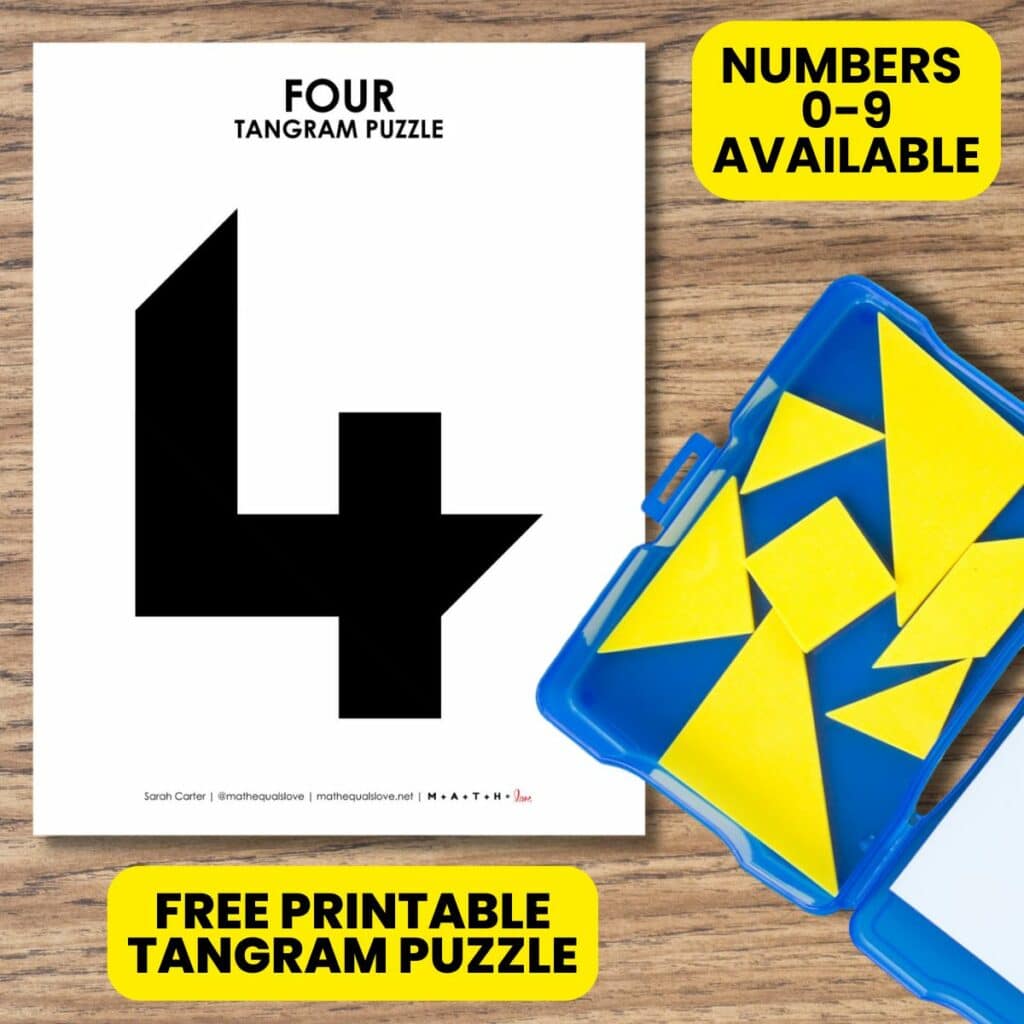
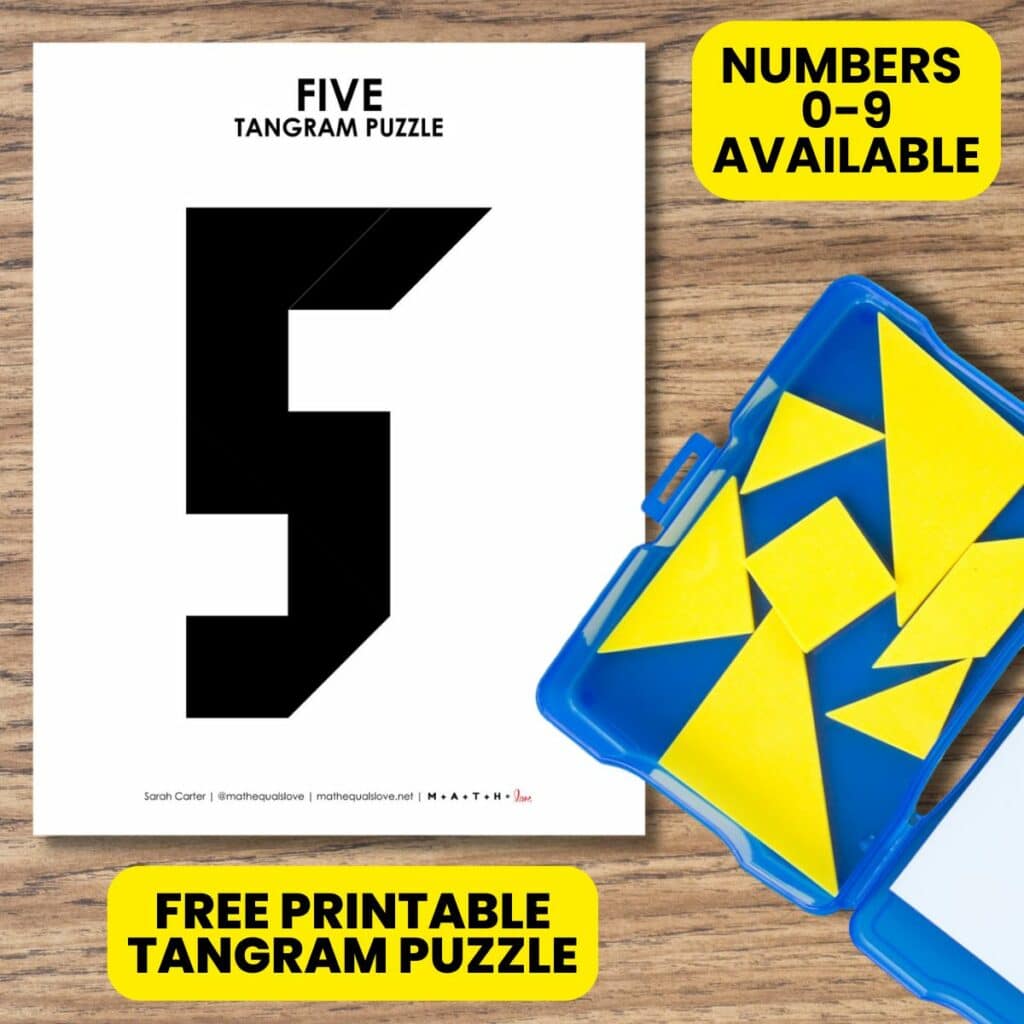
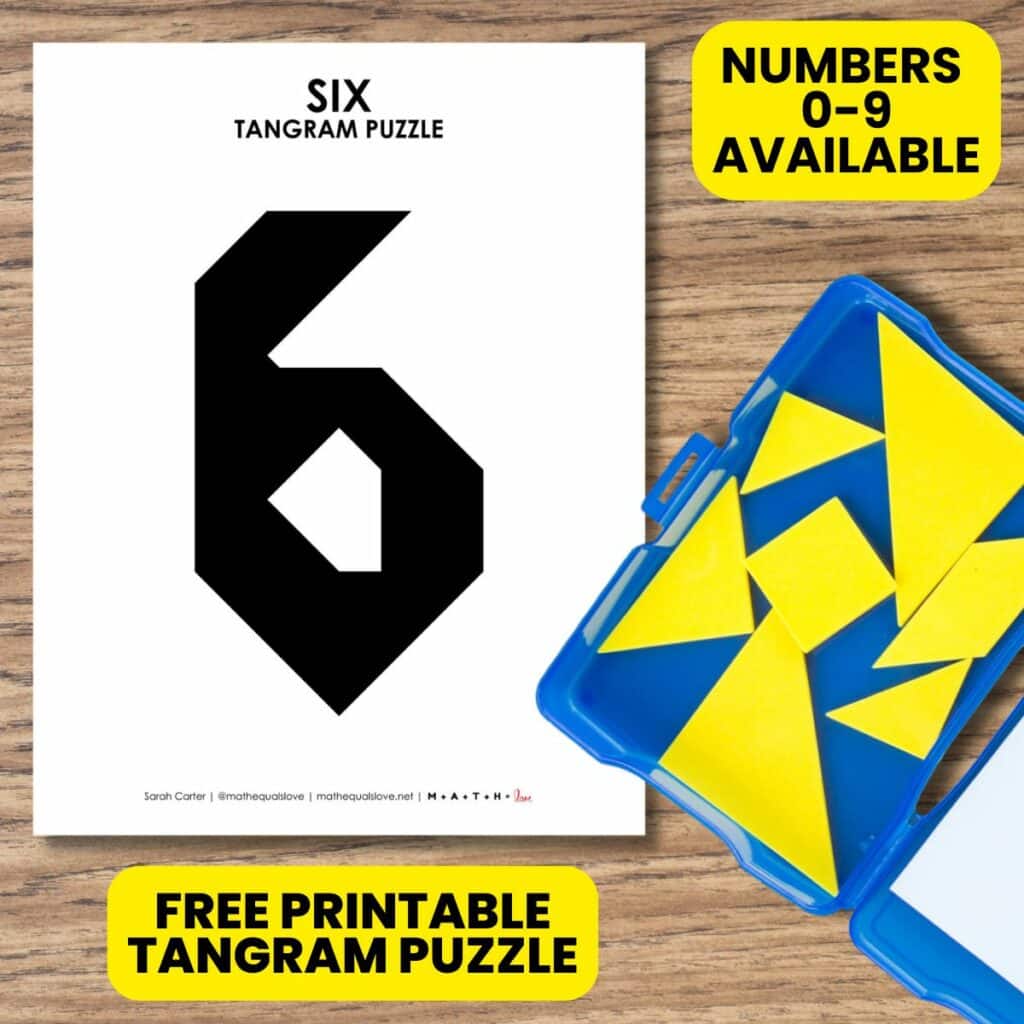
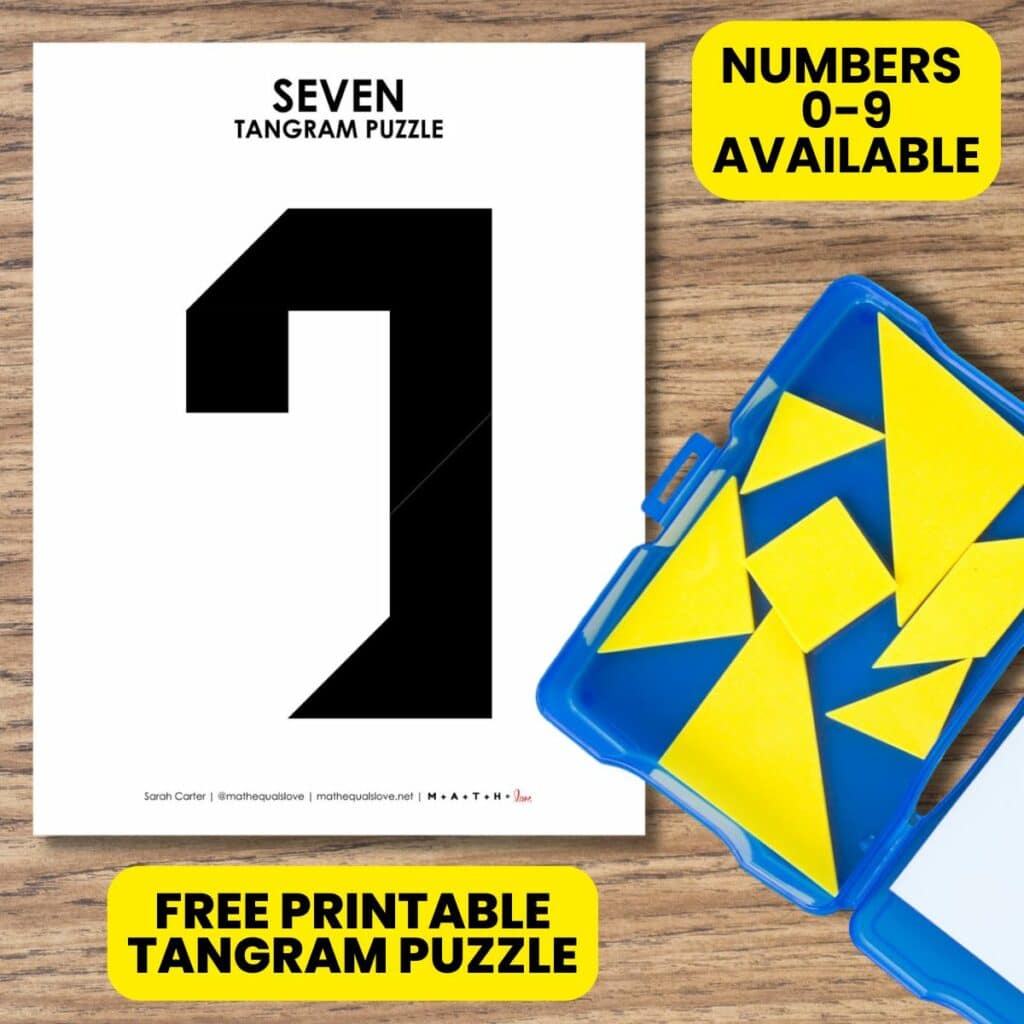
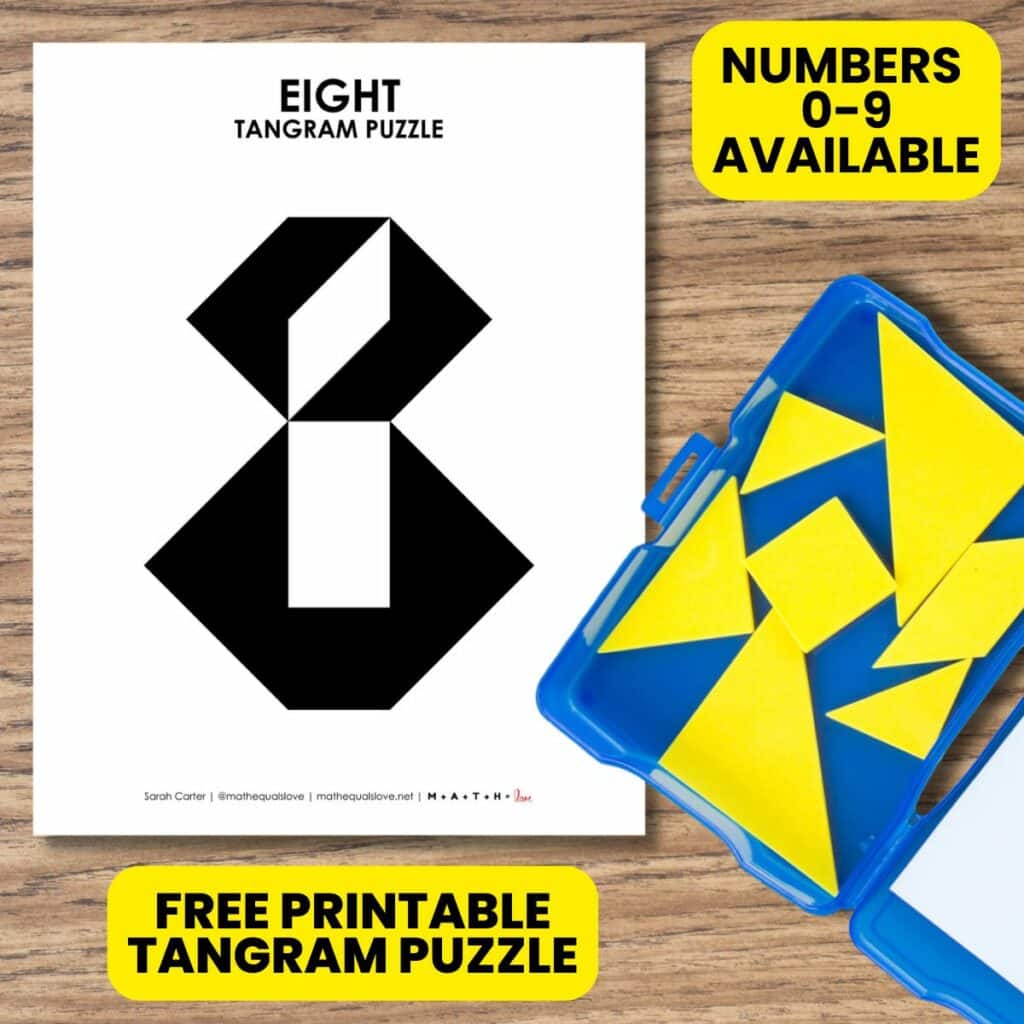

Miscellaneous Tangram Puzzles
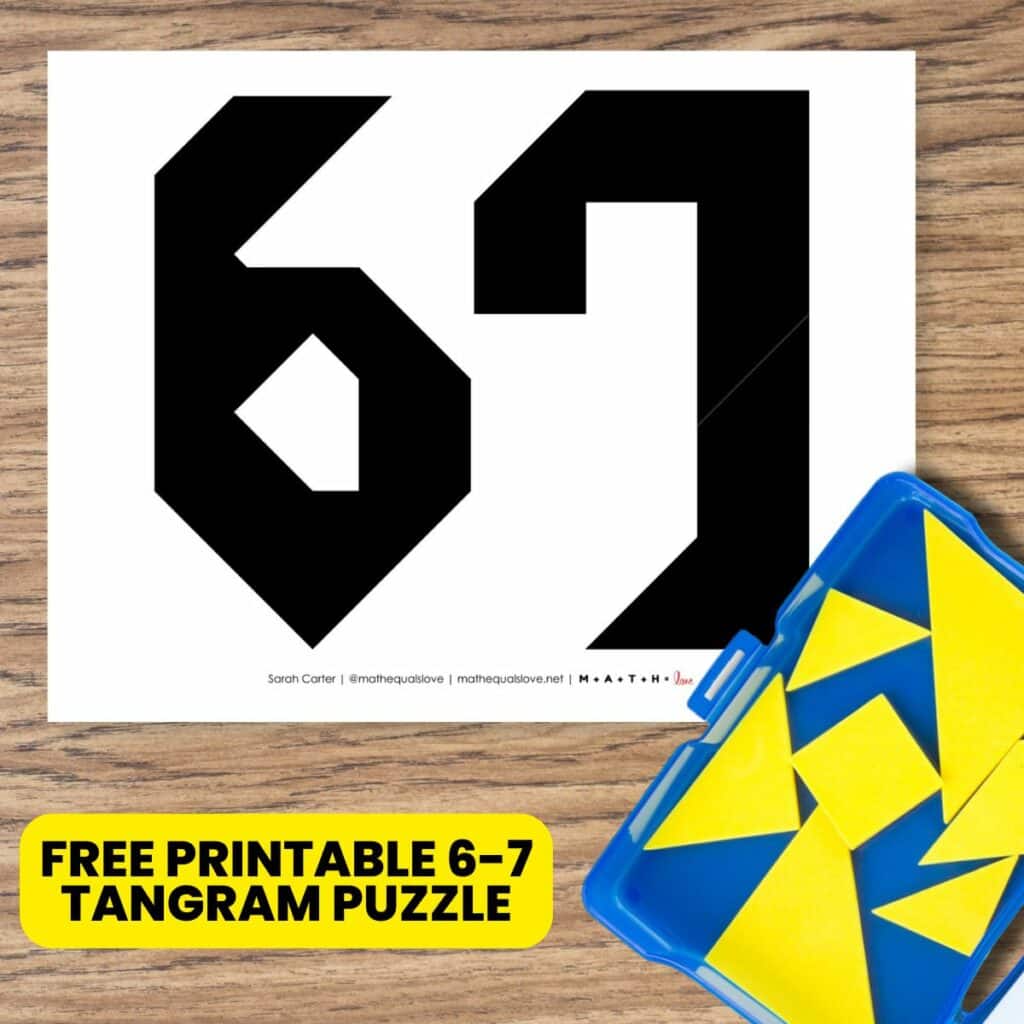
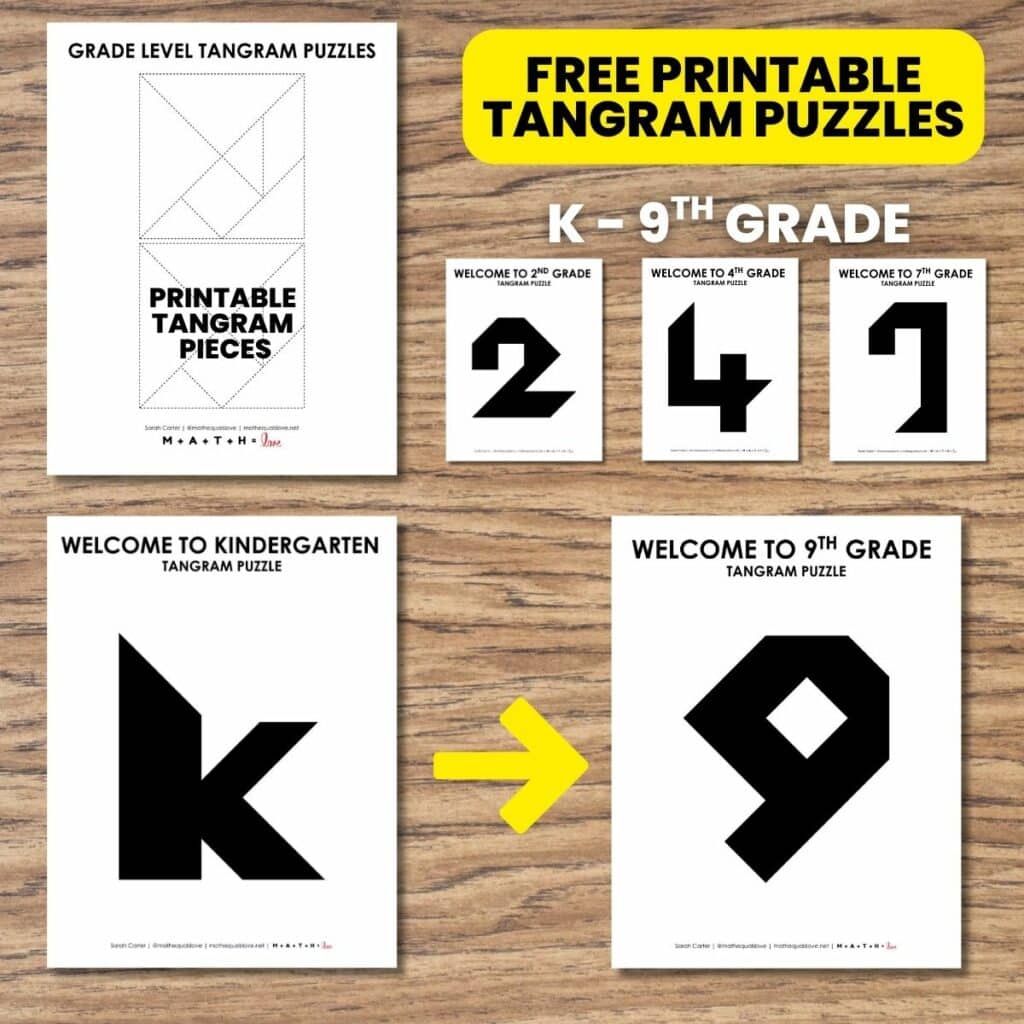

Math Lessons Involving Tangram Puzzles
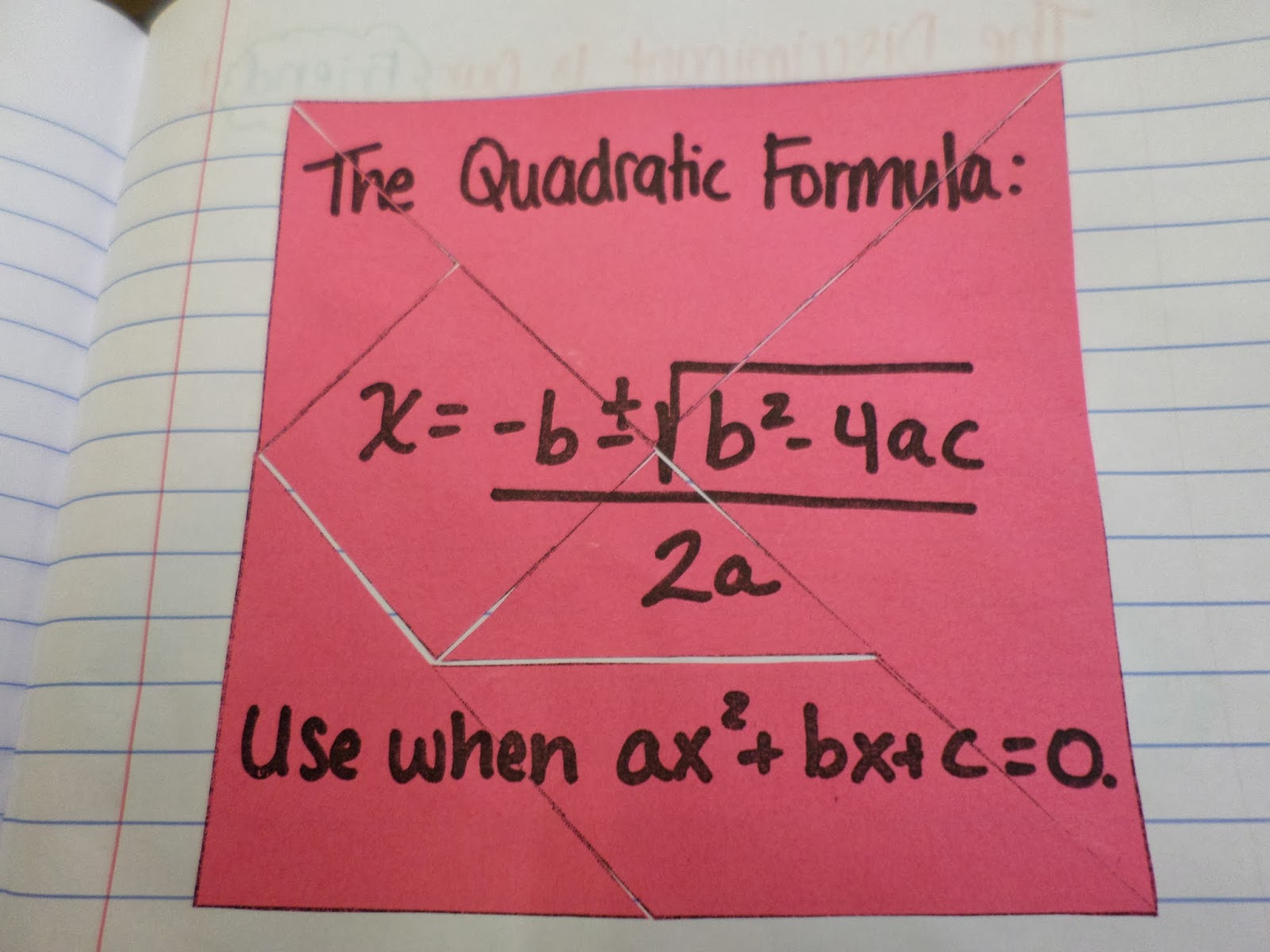
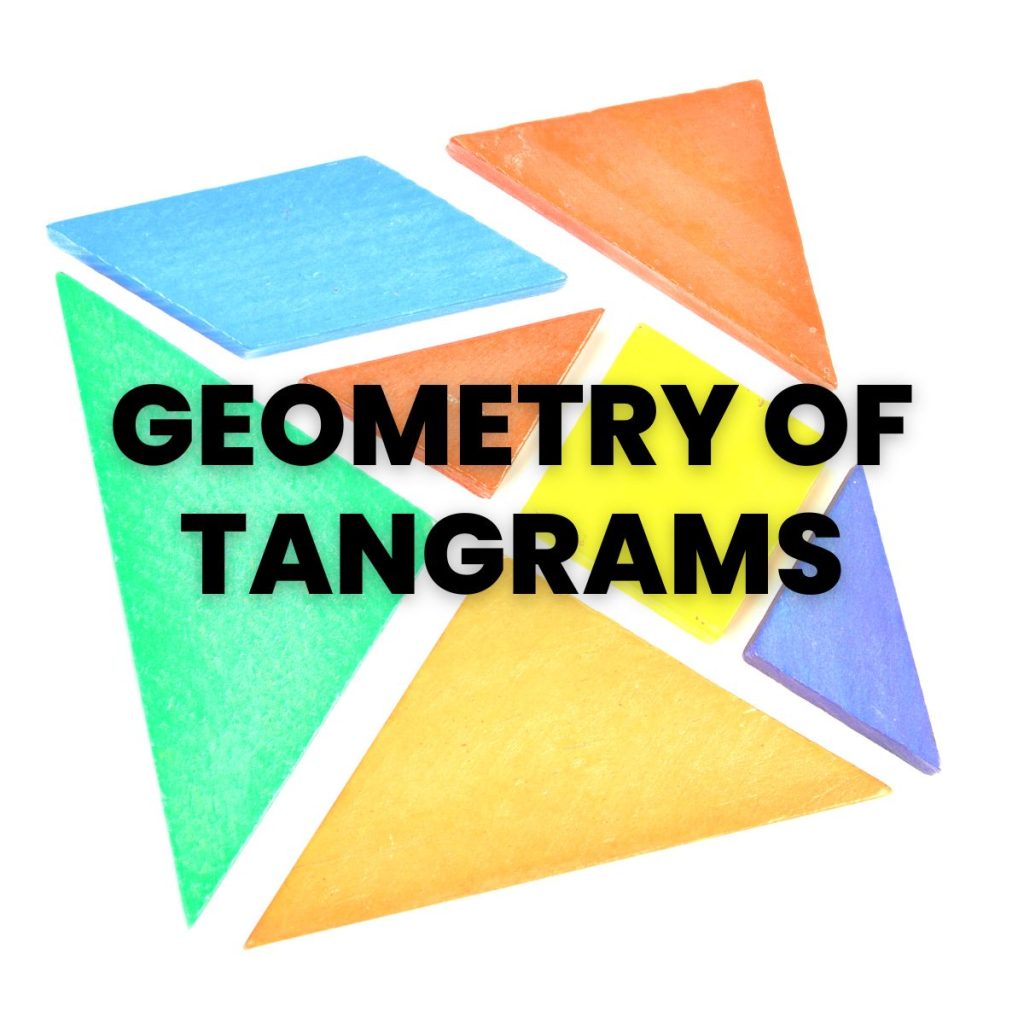
Seasonal Tangram Puzzles
Winter Tangram Puzzles
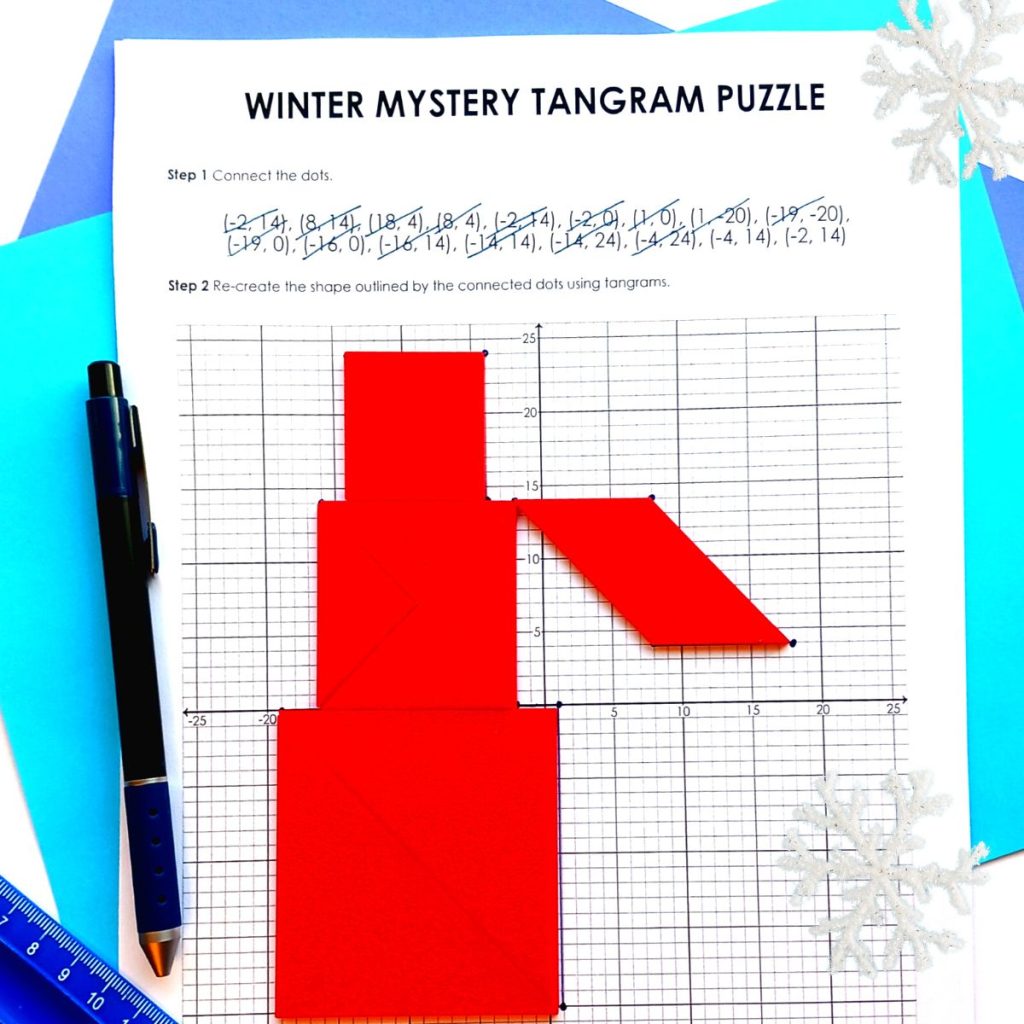
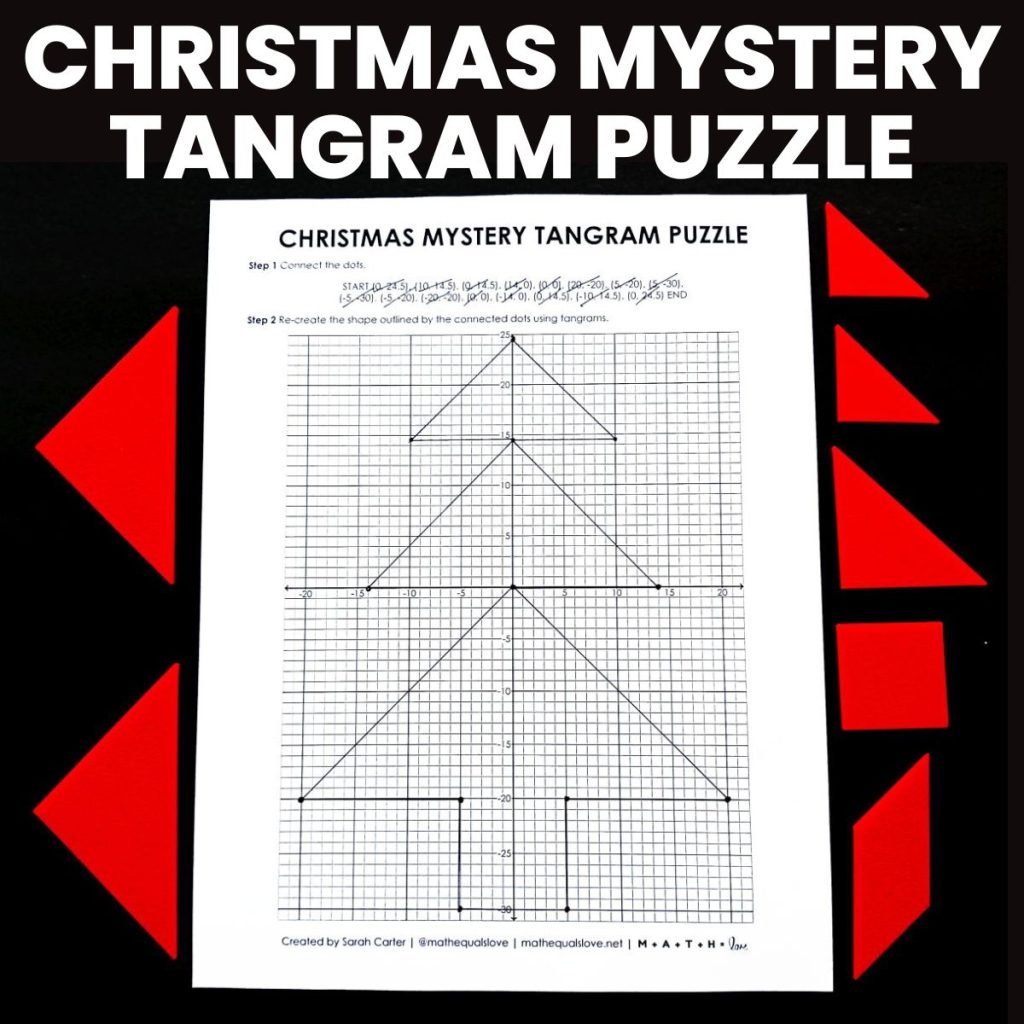

Spring Tangram Puzzles
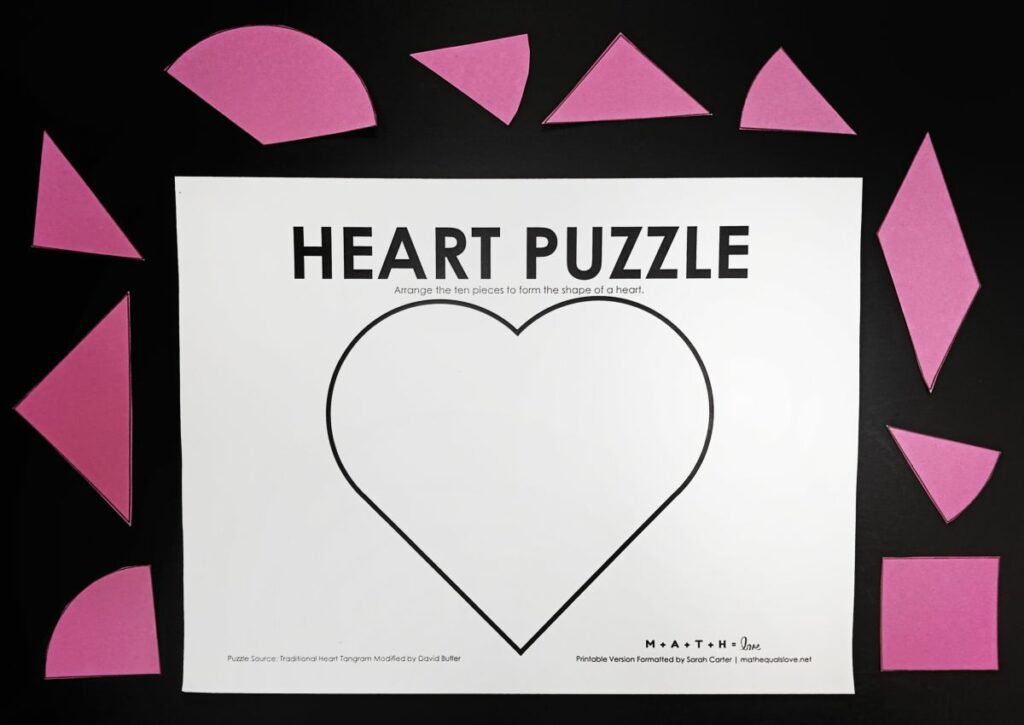
Summer Tangram Puzzles
Coming soon!
Fall Tangram Puzzles

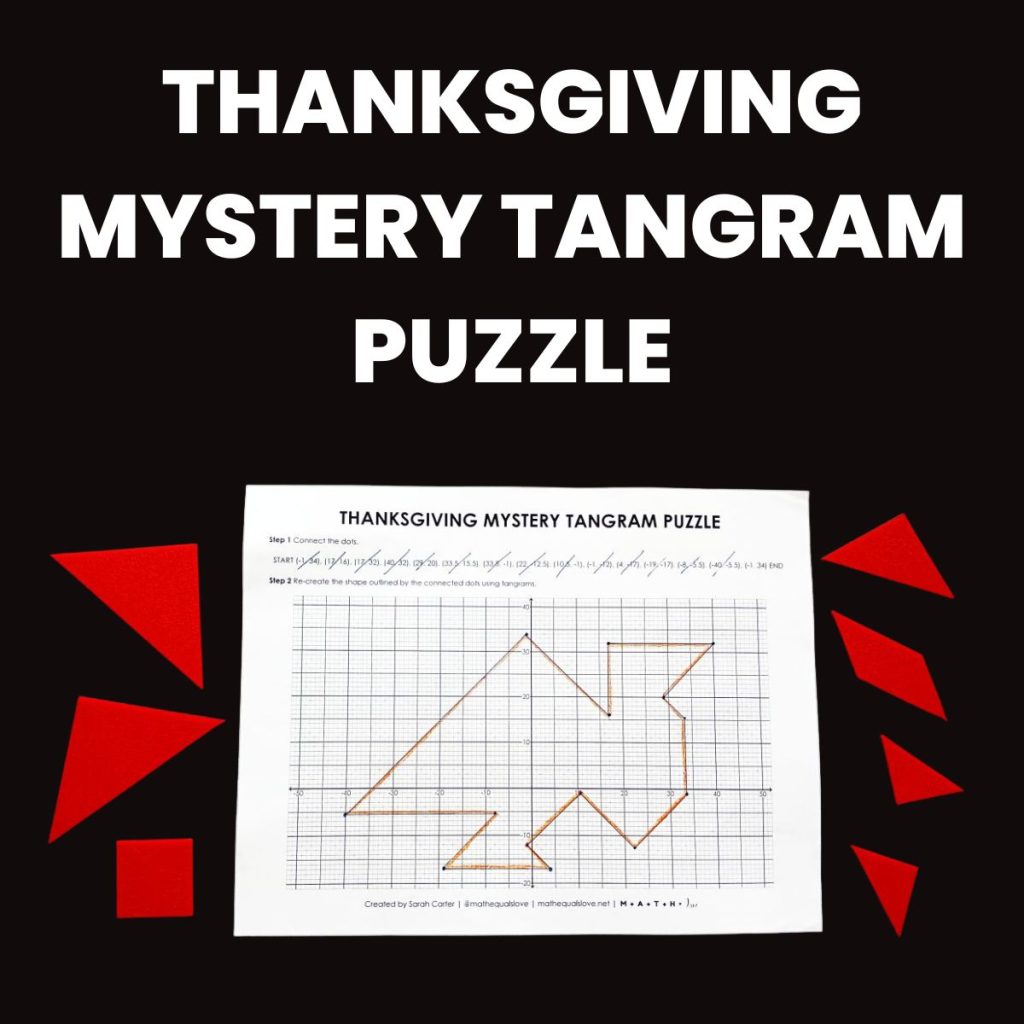
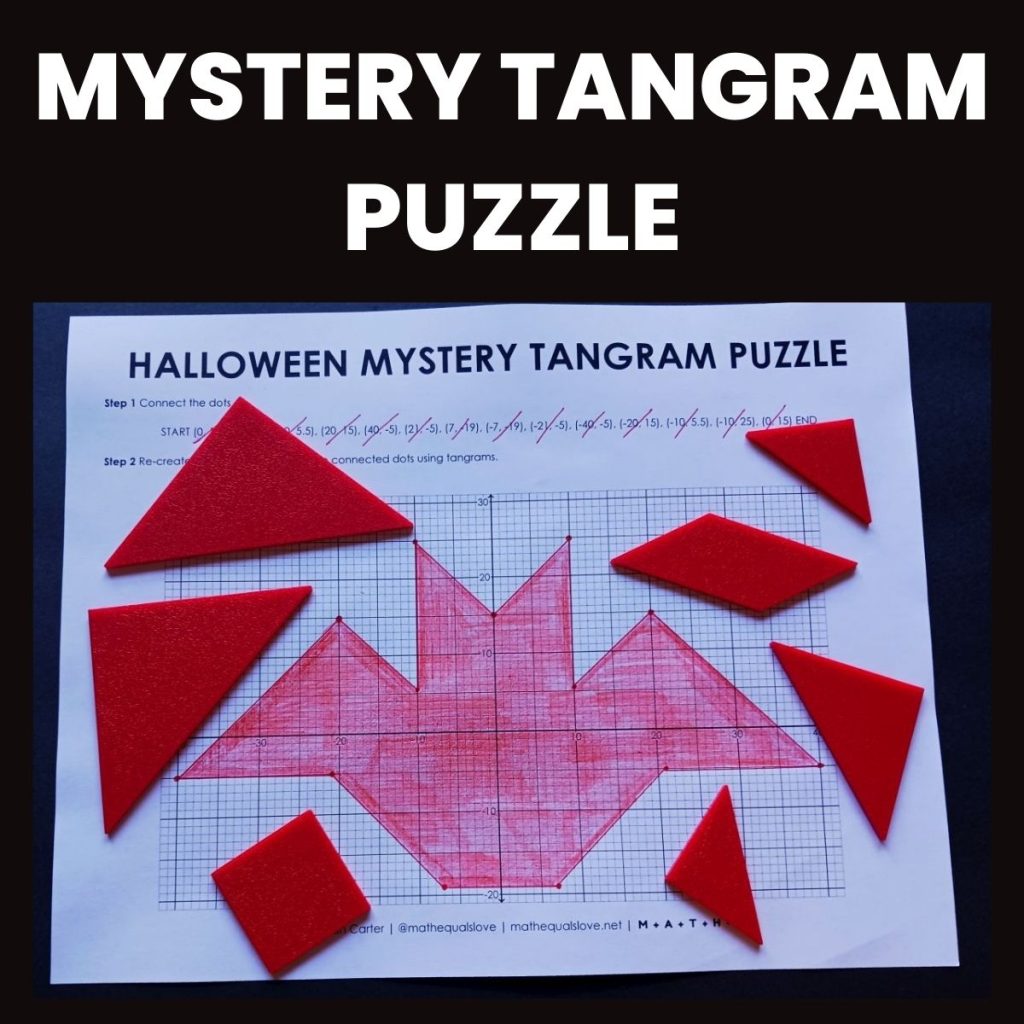


How I use Tangrams in my Classroom
I am obsessed with incorporating puzzles in the classroom. Over the years, I have taken several different approaches to this. I often alternate between putting magnetic puzzles on the dry erase board for students to manipulate such as the Domino Effect Puzzle and putting puzzles out for students to solve on a puzzle table.
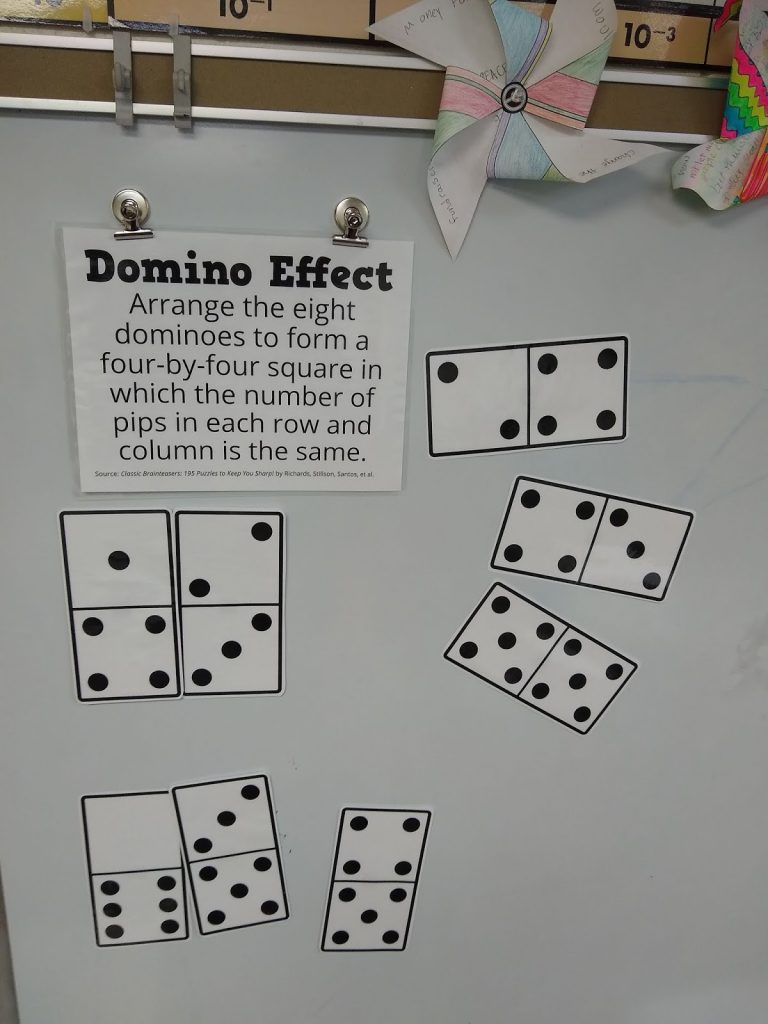
The puzzles on the puzzle table are often more hands-on puzzles featuring a wide variety of challenges using the same set of physical pieces which must be manipulated to form a variety of different shapes and puzzles. Some favorite puzzles that fit this category including SOMA Blocks, Pentominoes, and Tangrams.
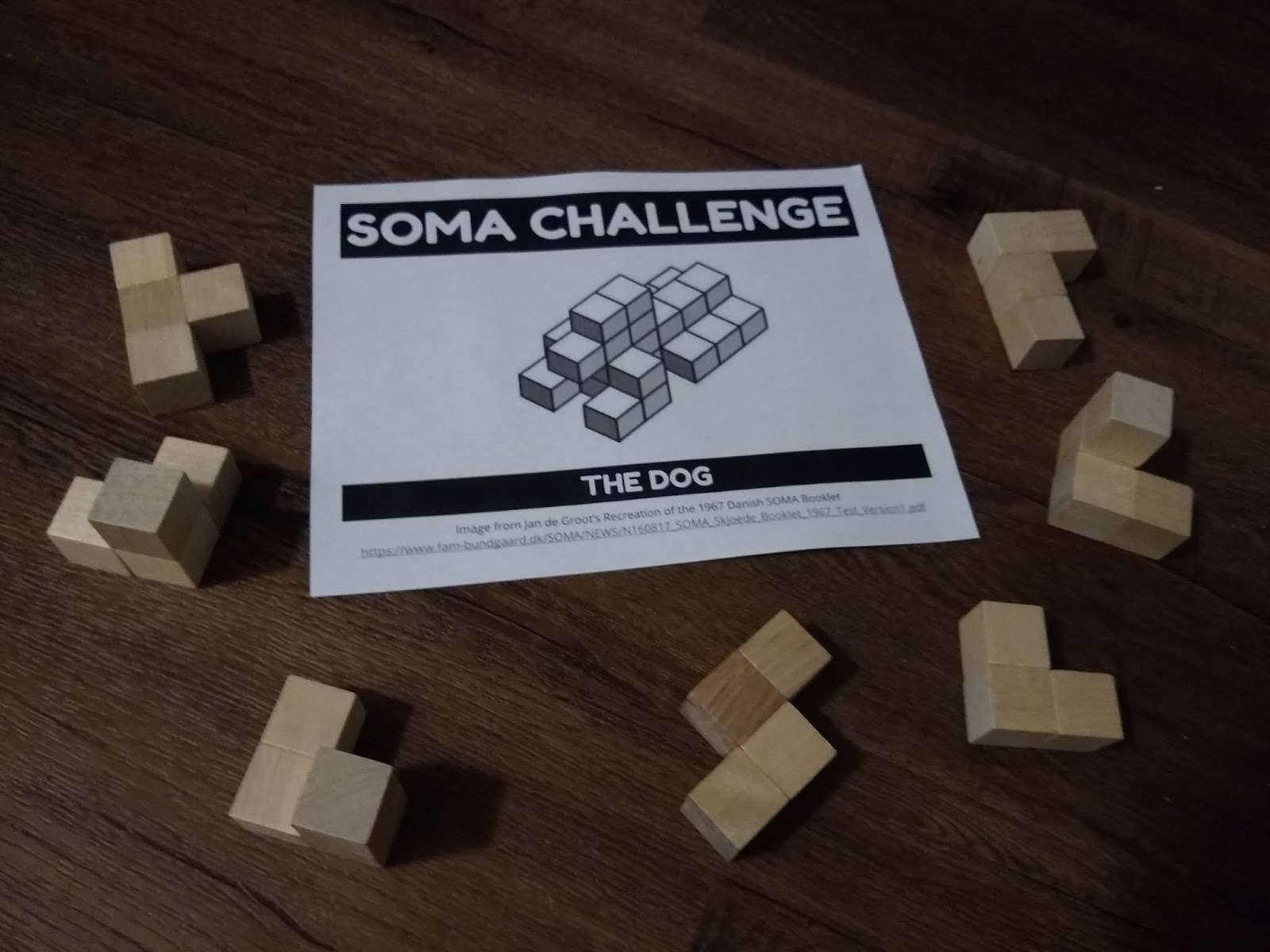
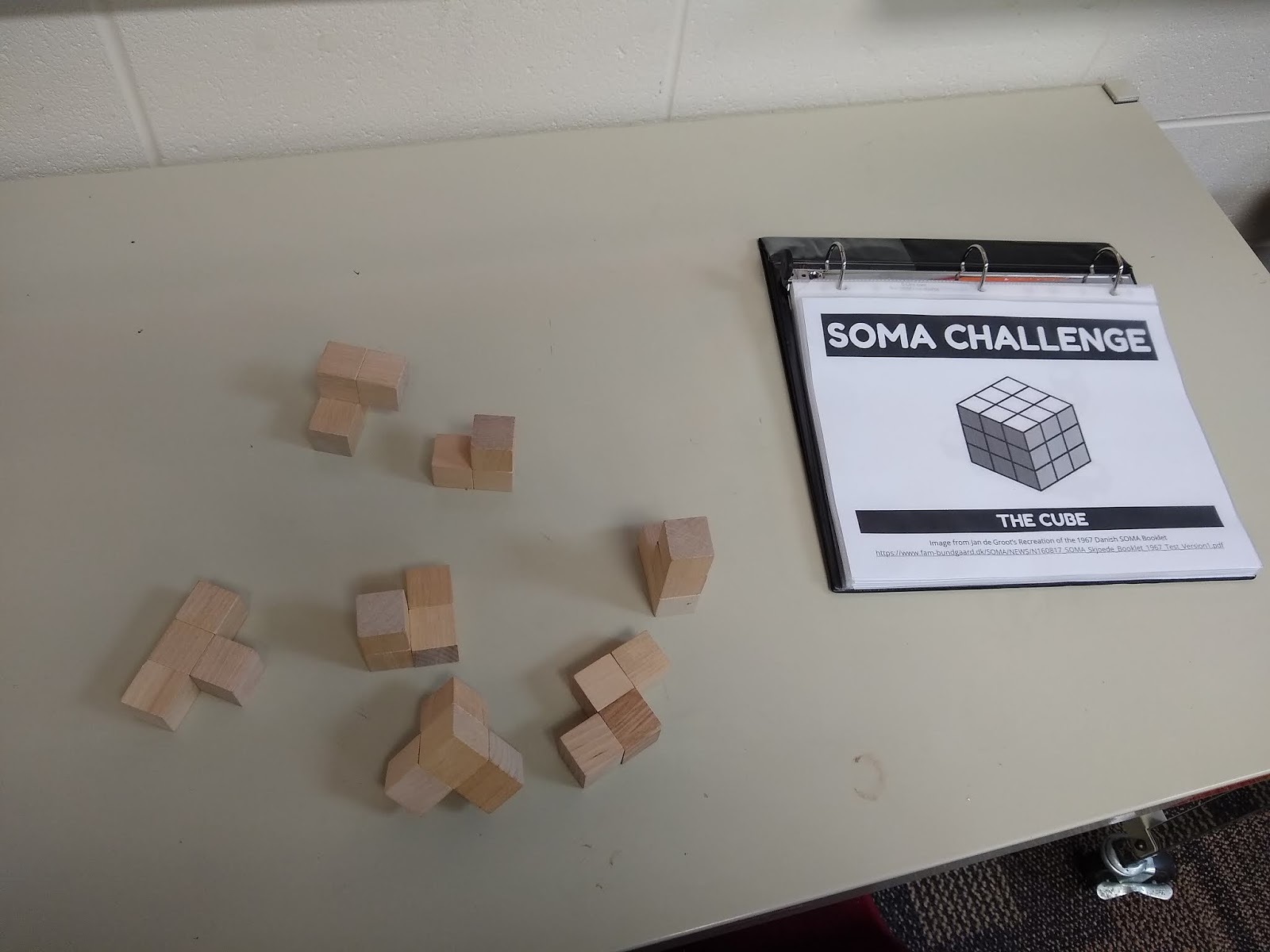
My students enjoy being able to flip through a wide variety of different tangram patterns and choosing which one they would like to build that day. I print the different puzzles on regular copy paper and place them in sheet protectors which I keep inside of a binder of tangram puzzles for students to peruse.
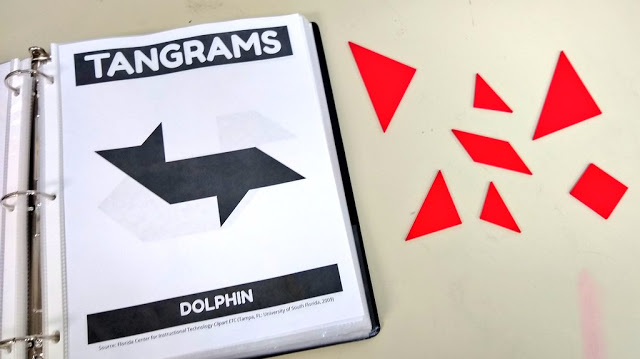
I have also used tangrams as a beginning of year puzzle to help students develop a growth mindset. For this, I usually challenge students to create a square using all seven tangram puzzle pieces. This seems like it would be so simple of a puzzle to solve, but students quickly realize that it isn’t so easy!
Tangram Puzzle Source
When I set out to put together a binder full of tangram puzzles for my students to solve, I turned to my favorite clipart website. The Clipart ETC website is chock-full of educational clipart that can be used by teachers 100% for FREE. My most-used section of their website is their collection of coordinate plane clipart.
They have an entire section of tangram templates that made putting together this binder super easy. I really appreciate the wide variety of tangram images that are offered, and I know that each of my students should be able to find some tangram puzzles that capture their interest.
Printing and Prepping the Tangram Puzzles
These tangram puzzles can be printed and placed in a binder for students to reference or they can be printed on cardstock as tangram challenge cards.
I recommend printing the different figures on cardstock to make the pages more durable or to print on regular copy paper and slide each page into a sheet protector. Personally, I have a million sheet protectors in my classroom from previous organization attempts, so I have just used those to keep the pages protected and organized.
Free Printable Tangrams PDF
I compiled the different objects shared by Clipart ETC to create an easy-to-print tangram puzzle binder. There are 97 different tangram challenges which should keep your students problem solving for a very long while!
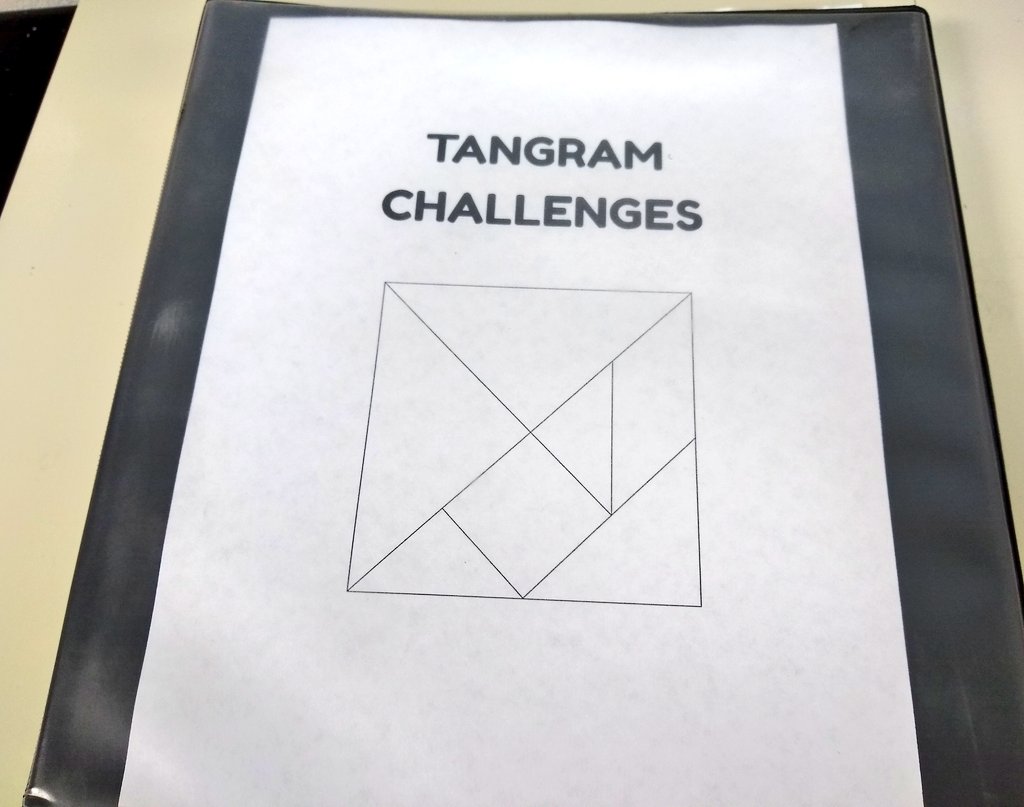
Though I formatted the PDF file as a binder, you certainly do not have to use them as a binder yourself. You could just print a single tangram template and put up a different puzzle for students to work each day or week as an independent seat work assignment.
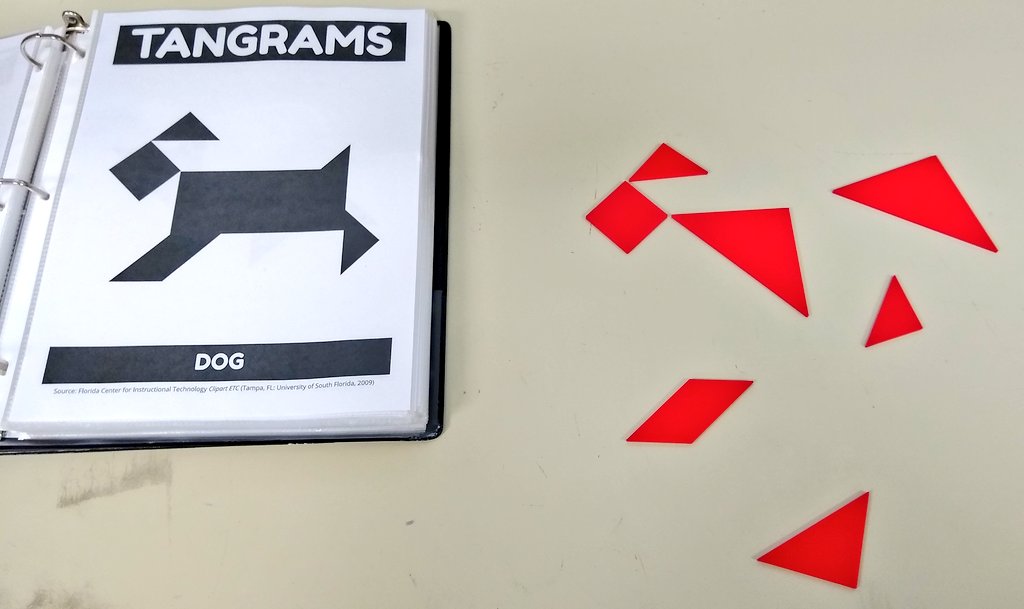
Hopefully this collection of printable puzzles will make it easy to engage students with this ancient Chinese puzzle.
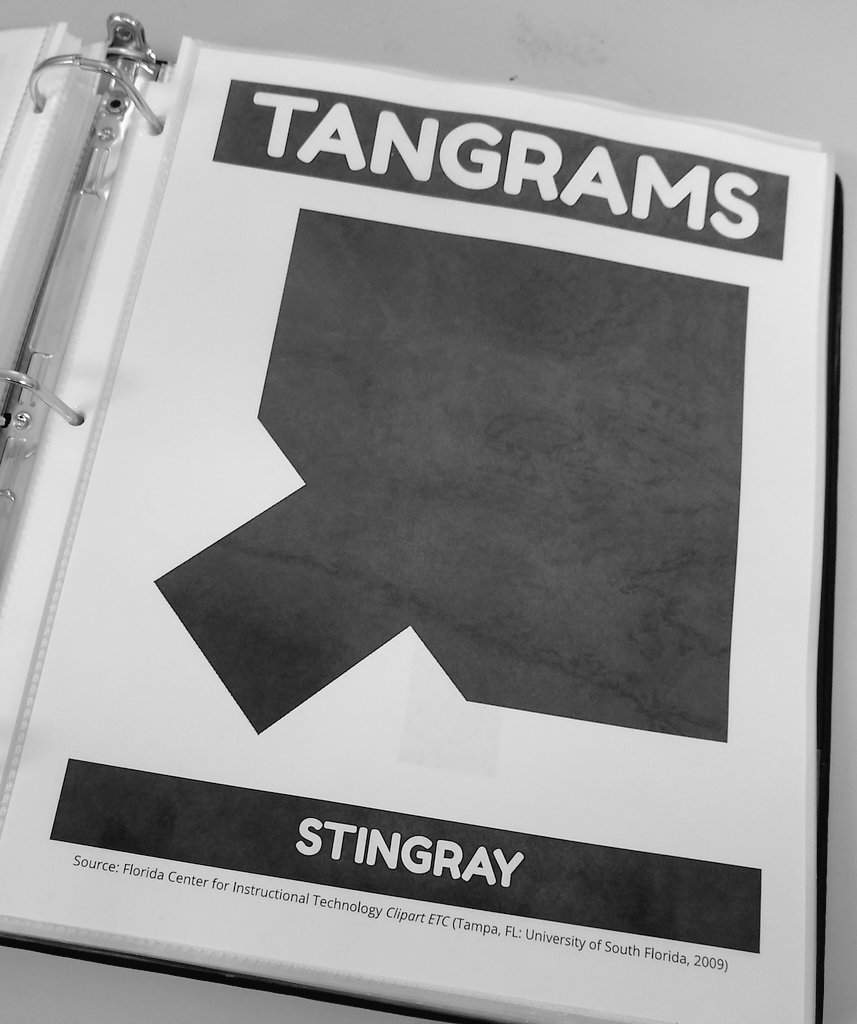
To save you the work of copying and pasting the tangram clipart yourself, I’ve decided to share the PDF file of free printable tangram puzzle challenges with you.
Click here to SAVE the file to your device.
Tangram Challenge Binder (PDF)
30012 saves – 757.72 KB

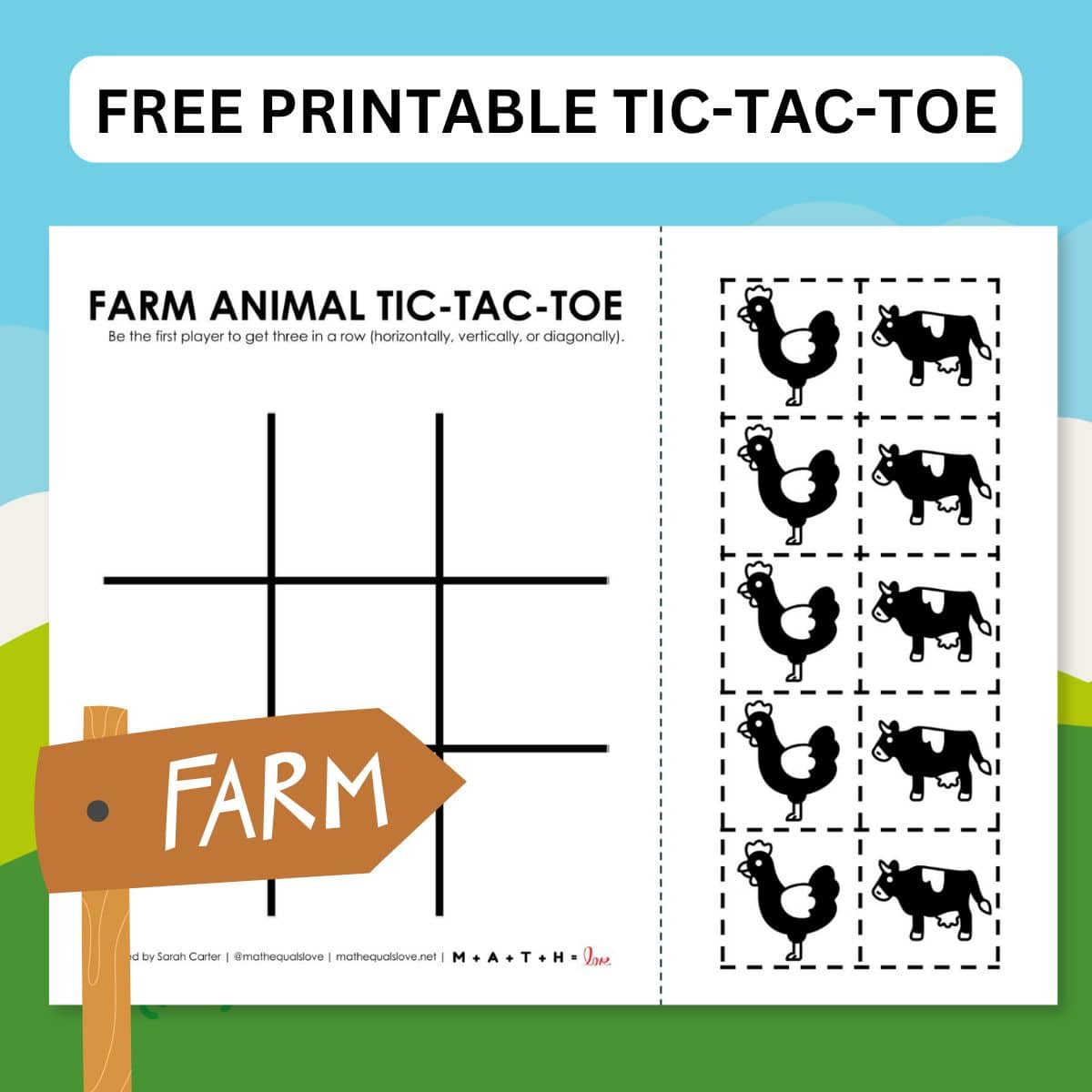

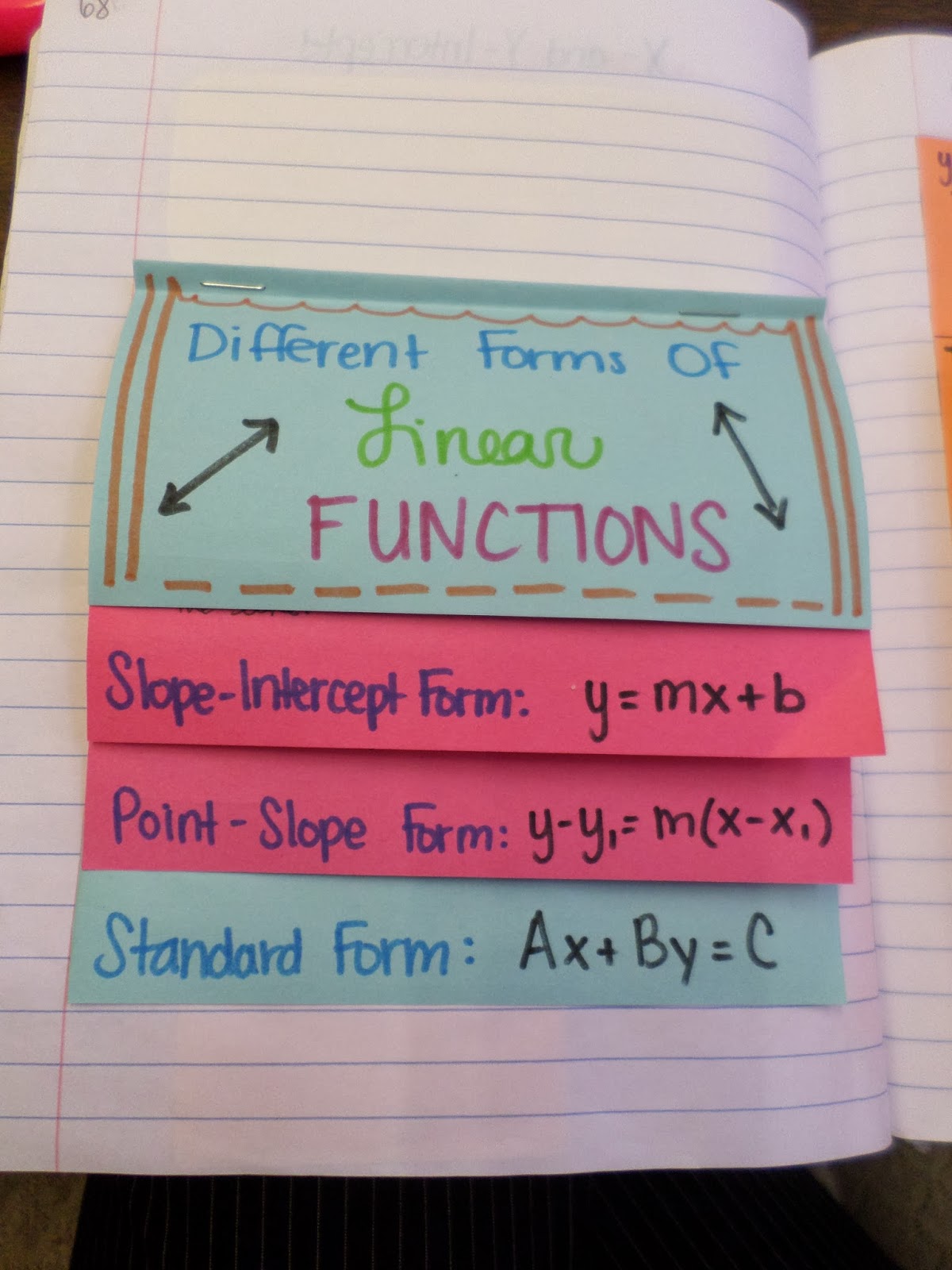
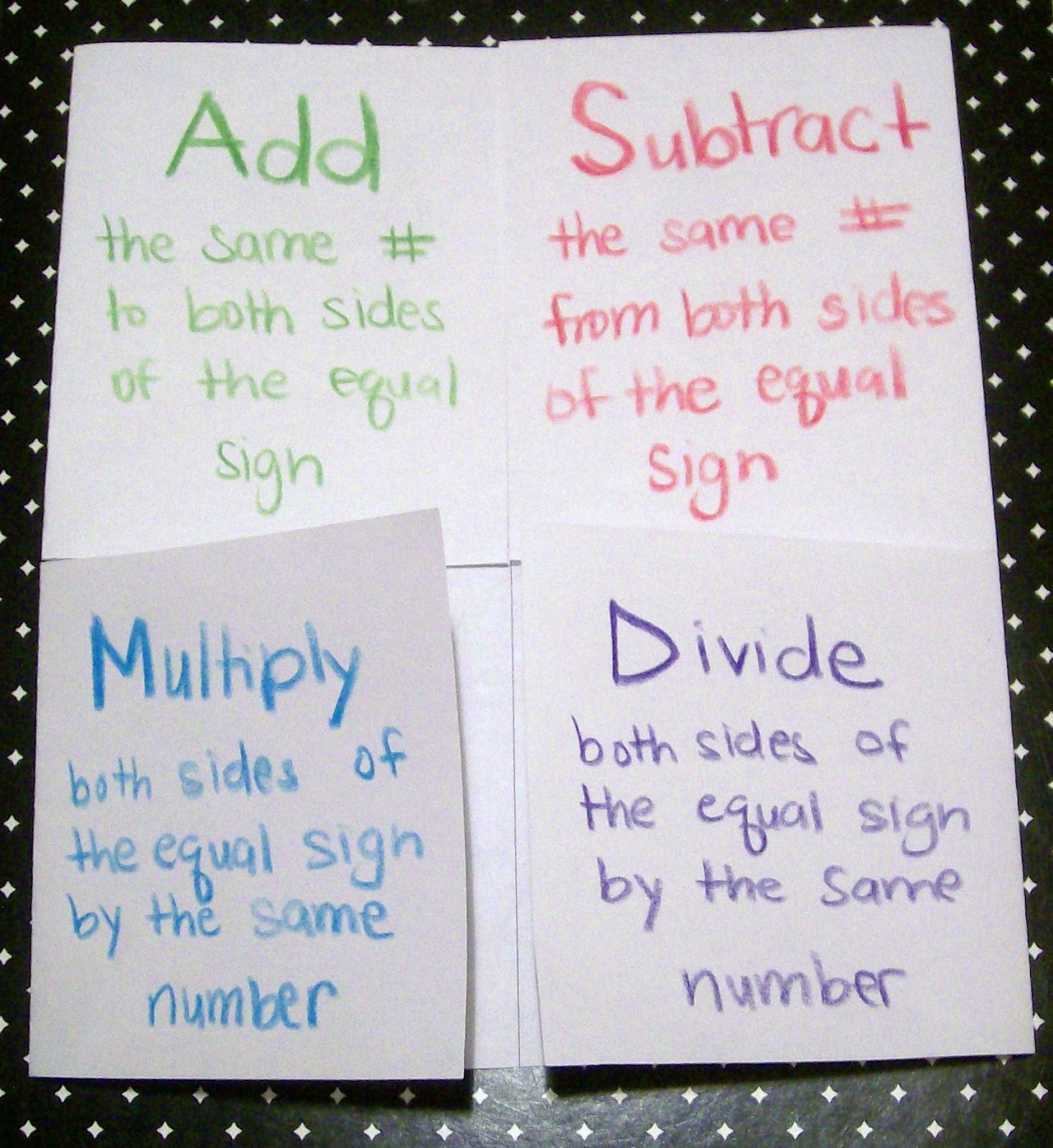
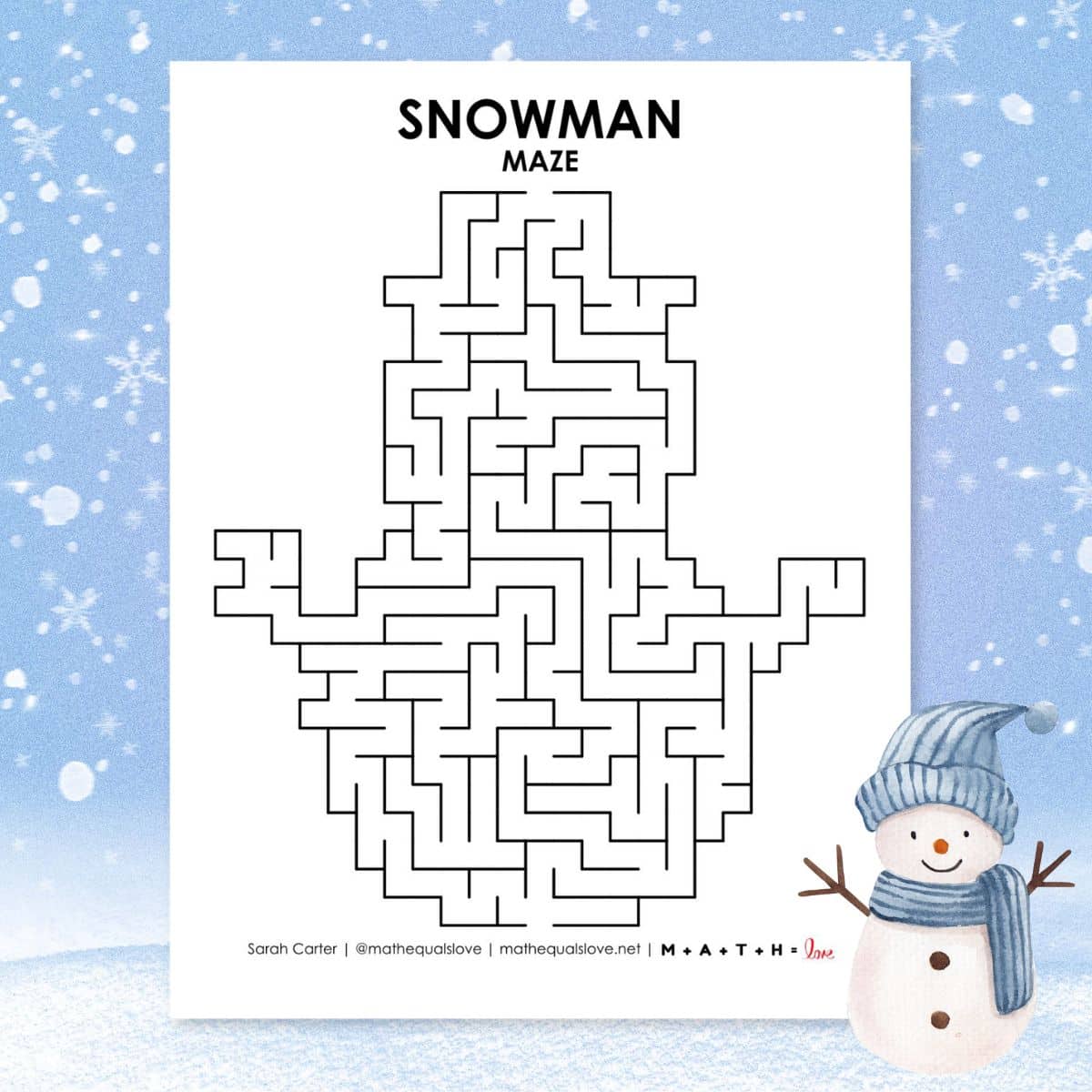
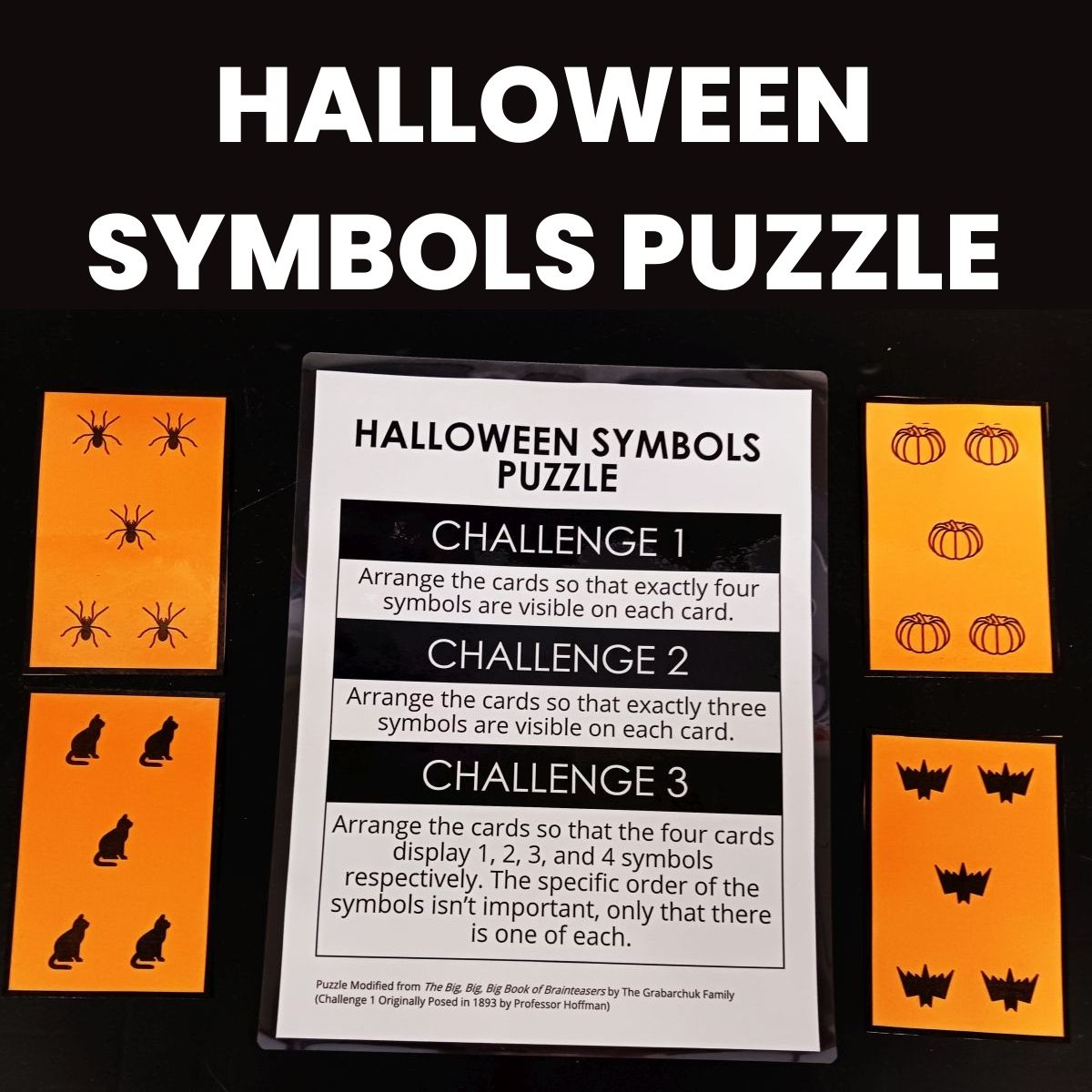
Thanks for sharing these! Are the images proportional to the blocks so that students could put the shapes on the image as they solve? (Sometimes I give students an outline to follow, so just wondering if this would work.)
Tricia,
We have used Tangrams in our classroom to explore working with shapes in a hands on and engaging way that gets students talking about geometry and the properties of shapes. One activity that worked really well was giving the students a piece of paper with an animal on it and they had to use a given set of Tangrams to create the animal. Students would set the shapes on top of the animal; the only outline was the outside of the animal so students were exploring the shapes by figuring out what filled the inside of the animal. Overall, such a fun activity for students to explore geometry.
-Lexie
I do not believe they are proportional. Sorry!
Using Tangrams is a great way for students to begin exploring the properties of shapes. This is a great manipulative to use to begin progressing through the Van De Walle stages of Geometric Thought.